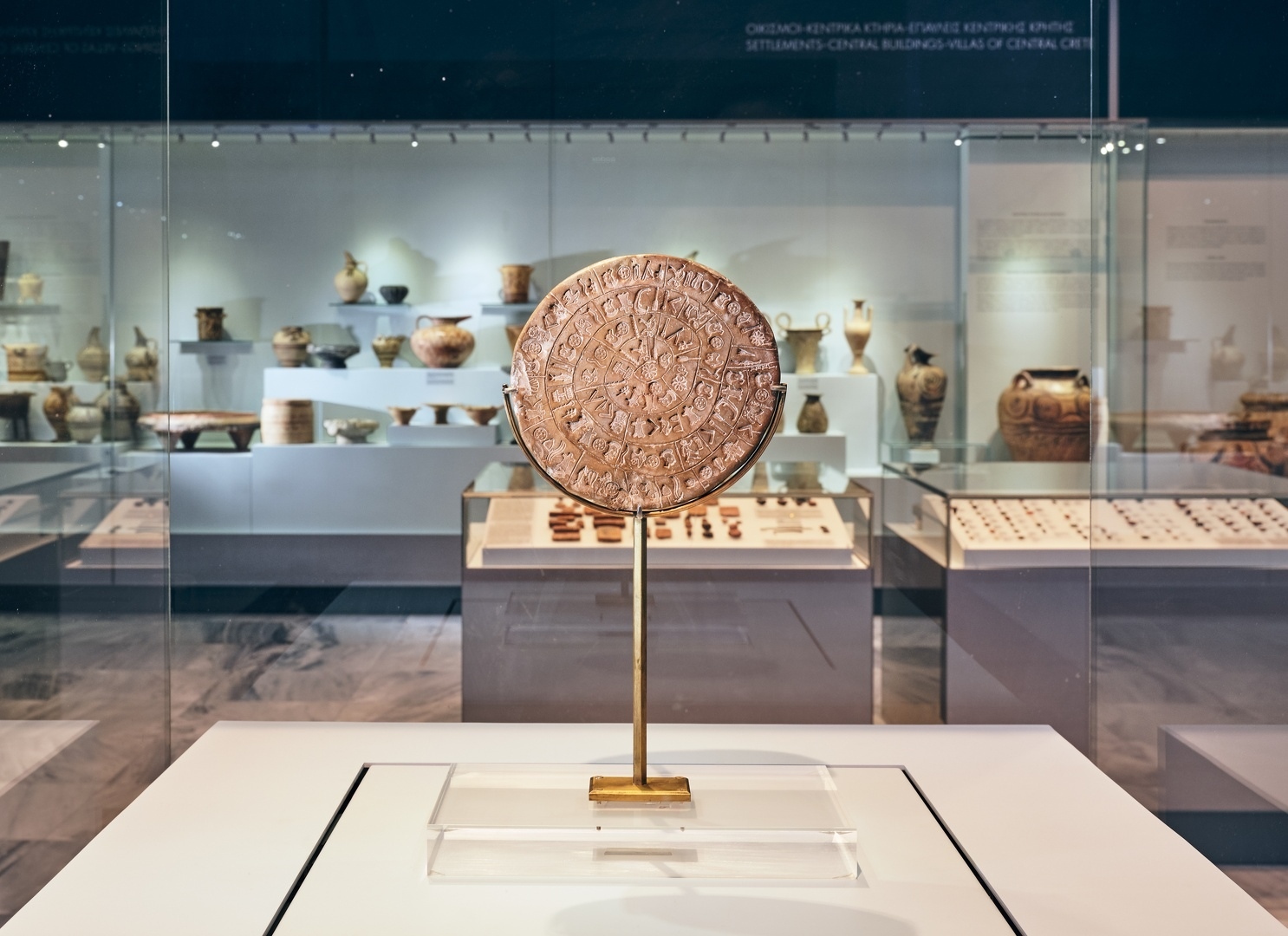
The preparation for making sour bulgur pasta commenced in August, taking advantage of abundant milk production and ideal ambient conditions for souring the milk, as well as for drying the coarse bulgur.
This method ensures that sour bulgur pasta can be utilised throughout the year in diverse dishes. It can be incorporated into soups for cold winter days, whether with tomato or plain, and during Christmas, it pairs excellently with pork broth, vegetables, and legumes.
I recall my grandmother grinding the wheat in the hand mill and then adding the coarsely ground wheat to the container with the milk, stirring it all together with a large wooden spoon. On that day, we all savoured the hot sour bulgur, and Grandma set aside a certain quantity for the neighbours and relatives. She allowed the remainder to cool, then set it on a board suspended from ropes in the open air, ensuring it was covered with cheesecloth to prevent cats or insects from accessing it.
Ingredients:
- 1 kilogram of coarsely ground wheat
- 3 litres of sour sheep's or goat's milk
- 2 teaspoons of salt
Procedure:
Pour the fresh goat or sheep milk in a large container, add salt, and cover it with a clean towel. Allow it to sit for about 4-5 days until it sours. Morning and evening, gently stir the milk with a wooden spoon, then promptly cover the container to shield it from dust or insects.
Once the milk turns sour and separates into curds and whey, indicating the solid part on the surface and the liquid part underneath, transfer it to a large saucepan and bring it to a boil. Once boiling, add the salt and the coarsely ground wheat. Reduce the heat and stir continuously to prevent clumping.
Once the wheat is cooked and the mixture thickens, remove the sour bulgur from the heat. Allow it to cool, then take small portions, enough to fill your hand, and spread them evenly on a clean cloth. Let it dry thoroughly, ensuring it's protected from dust and insects by covering it with cheesecloth. Once dried, store the sour bulgur in cotton bags.
Cretan Cuisine Festival
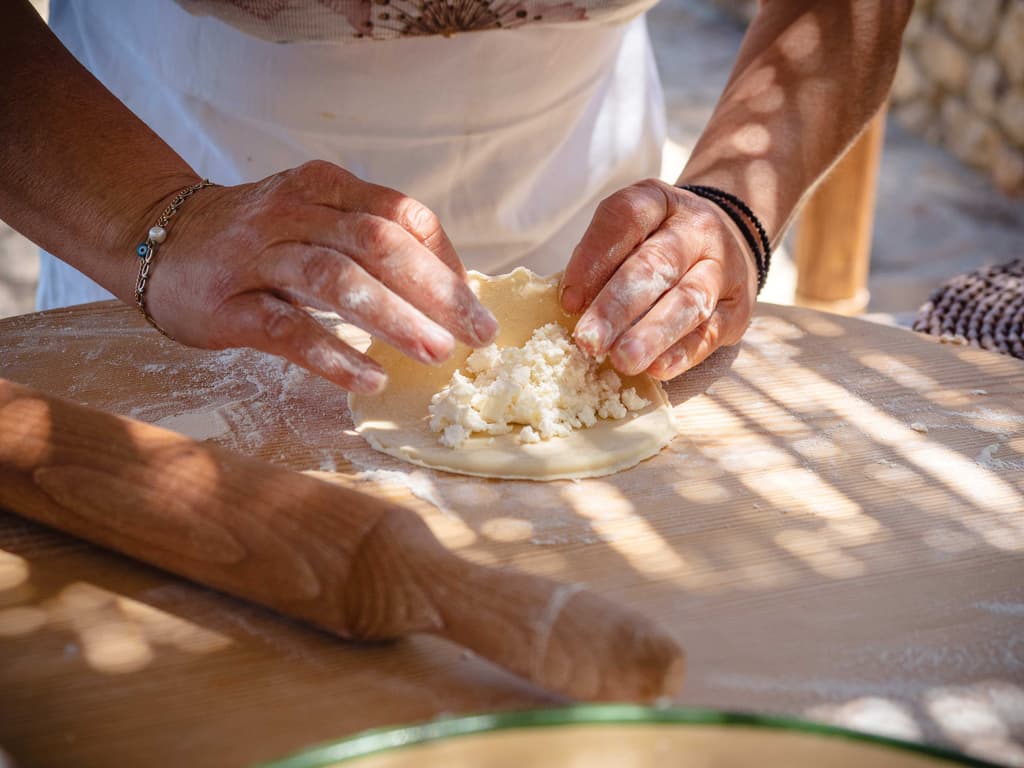
Mizithropites: Authentic Cretan Pies

Meat cake
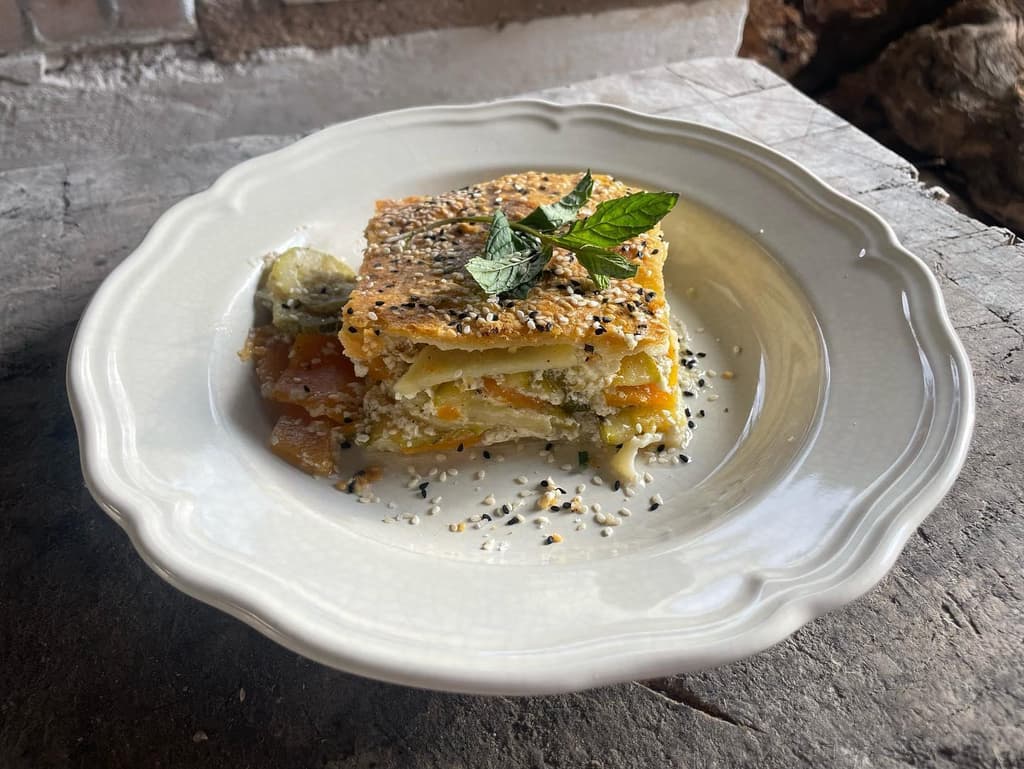
Chania Boureki or Courgette Boureki
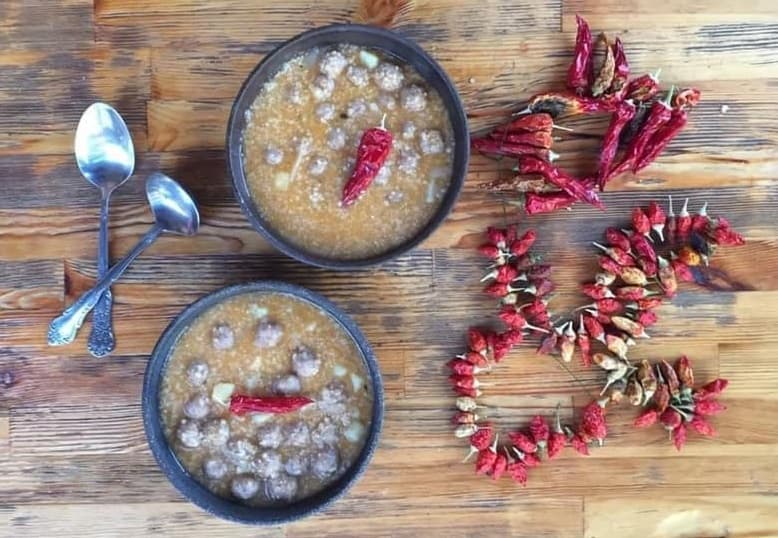
Topia (Balls)
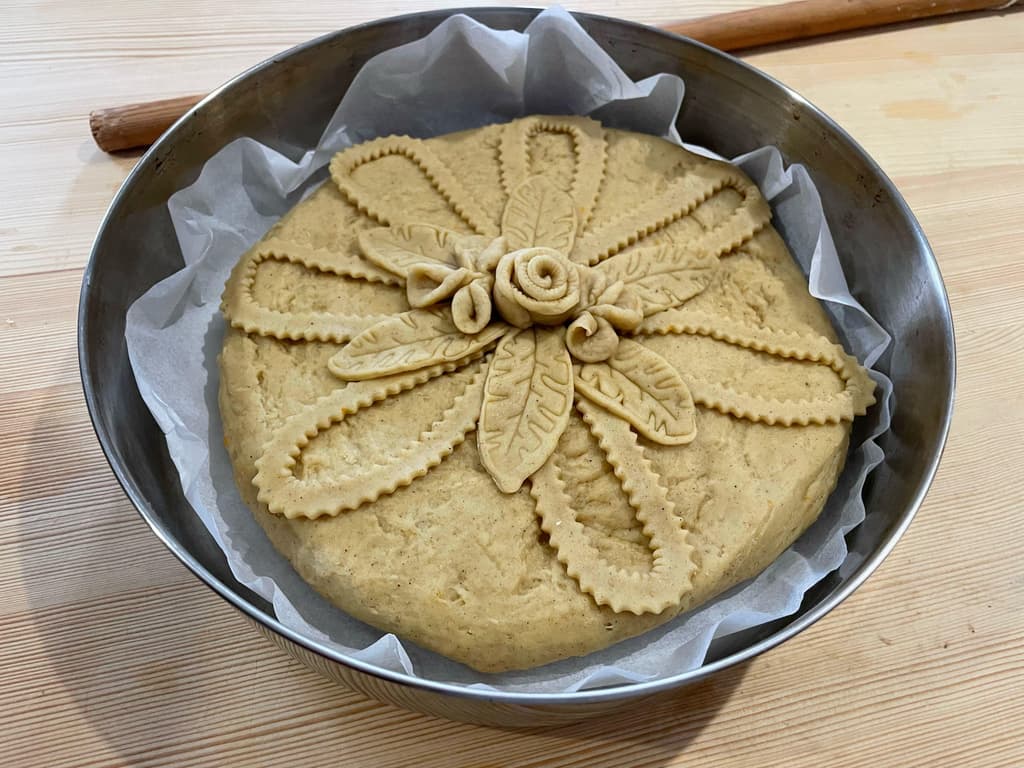
The Traditional 'Bread of the Year'
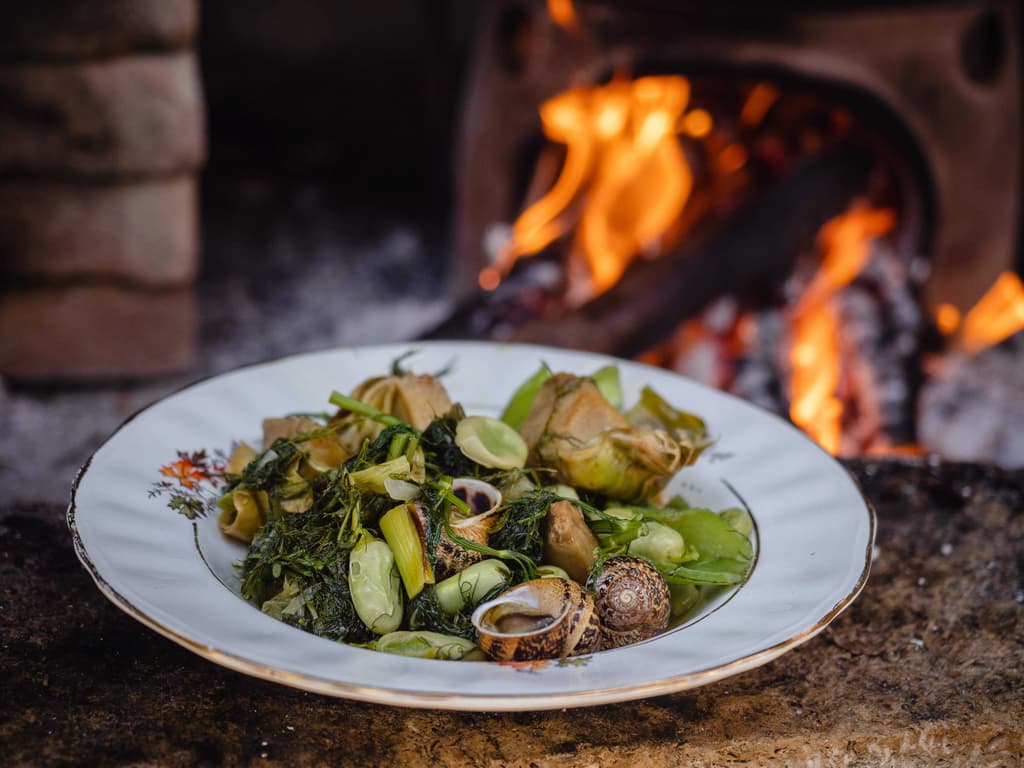
Snails with Broad Beans and Artichokes
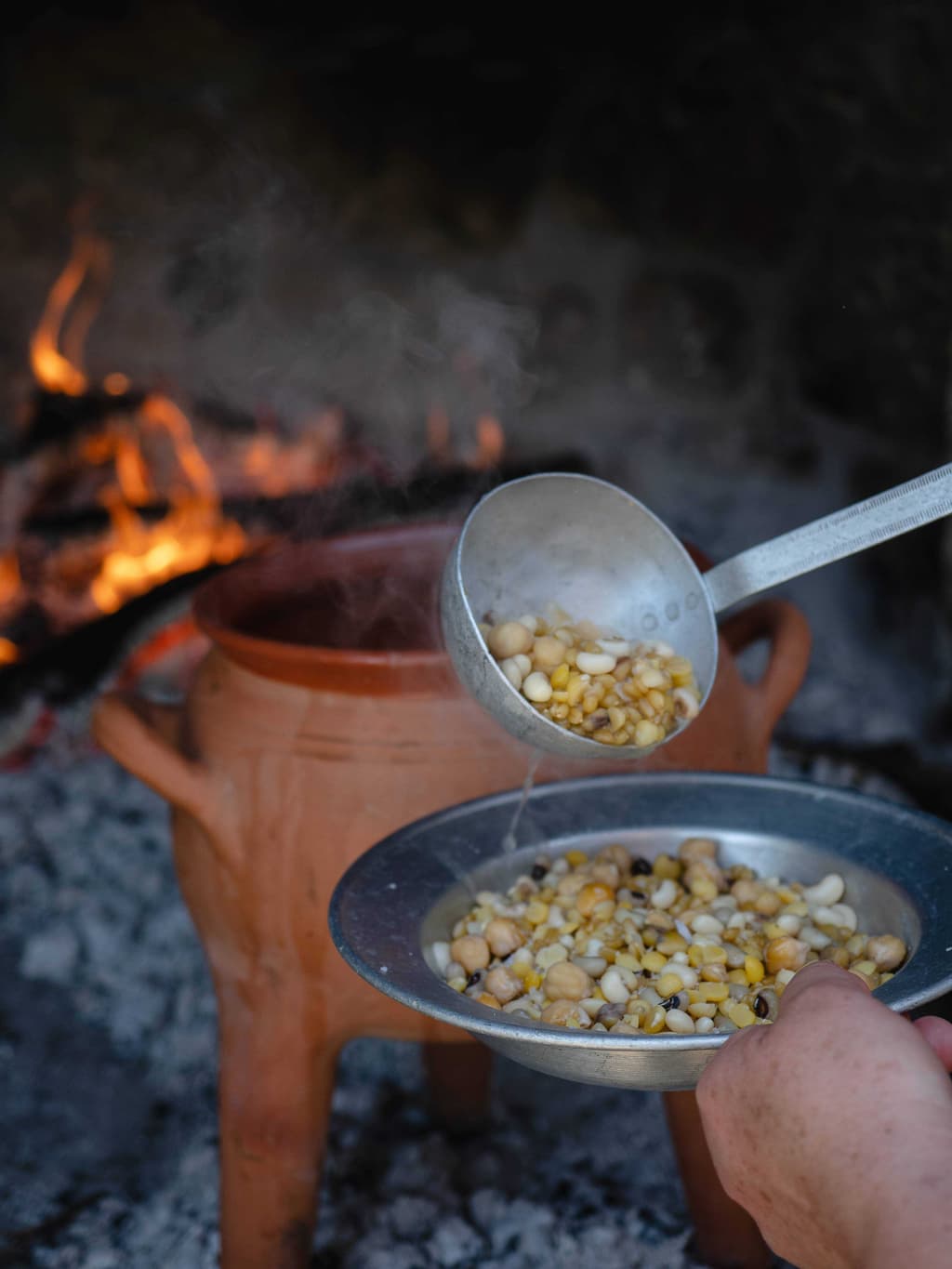
Cretan Ospriada or Palikaria (A Legume Dish)
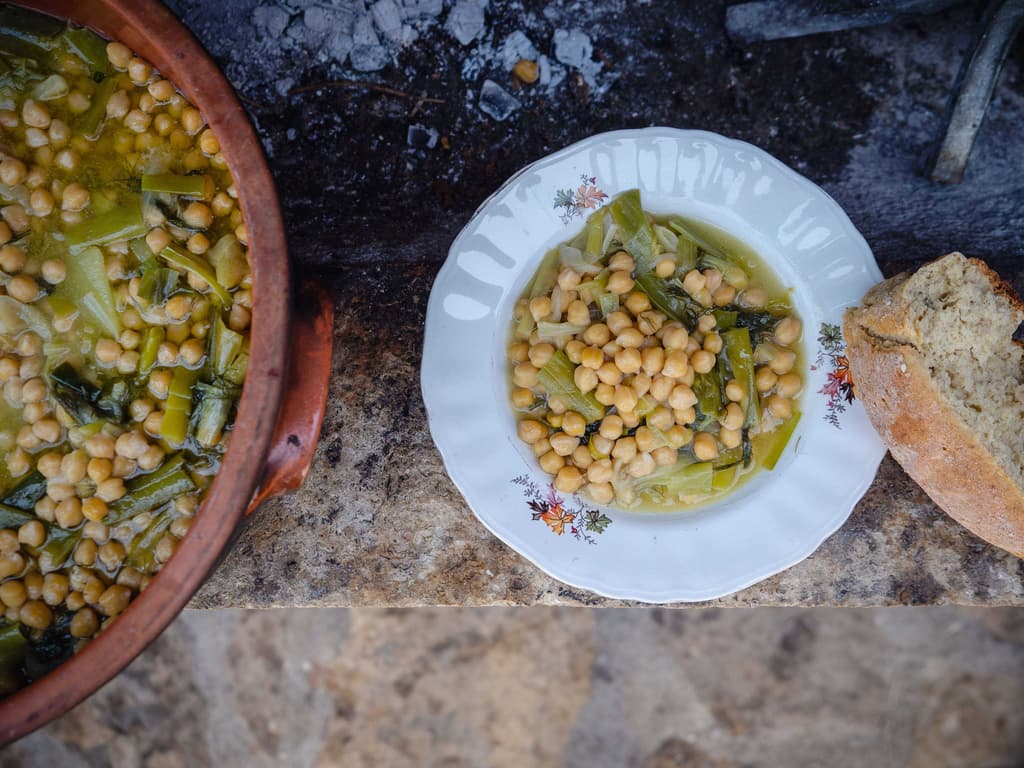
Chickpeas with Wild Leeks, Flour and Lemon Sauce
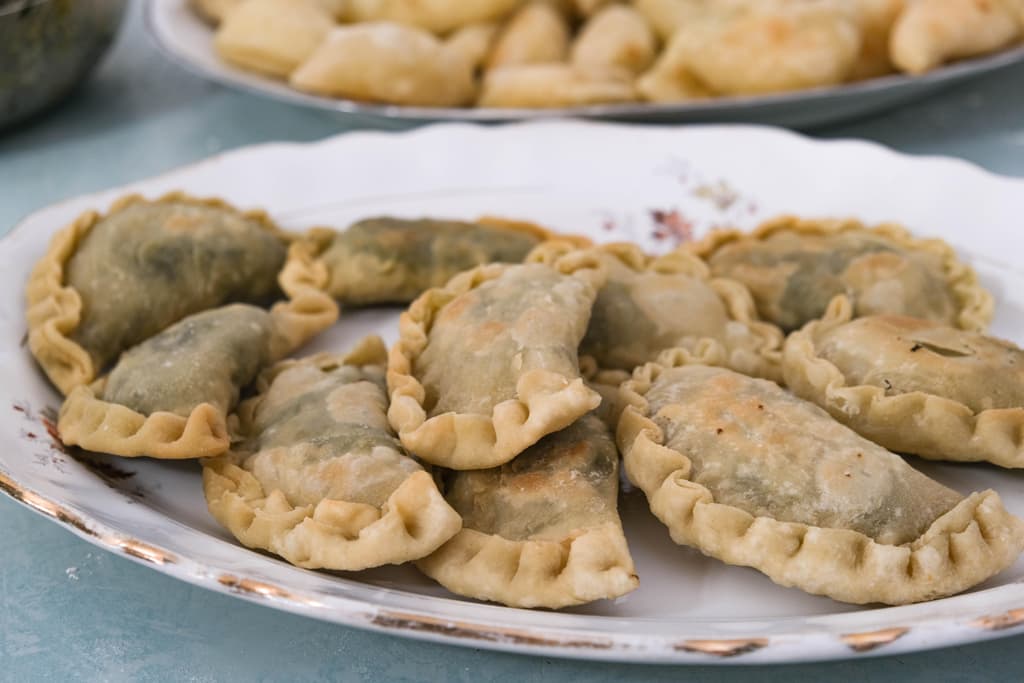
Pies with ‘Yachnera’ Greens
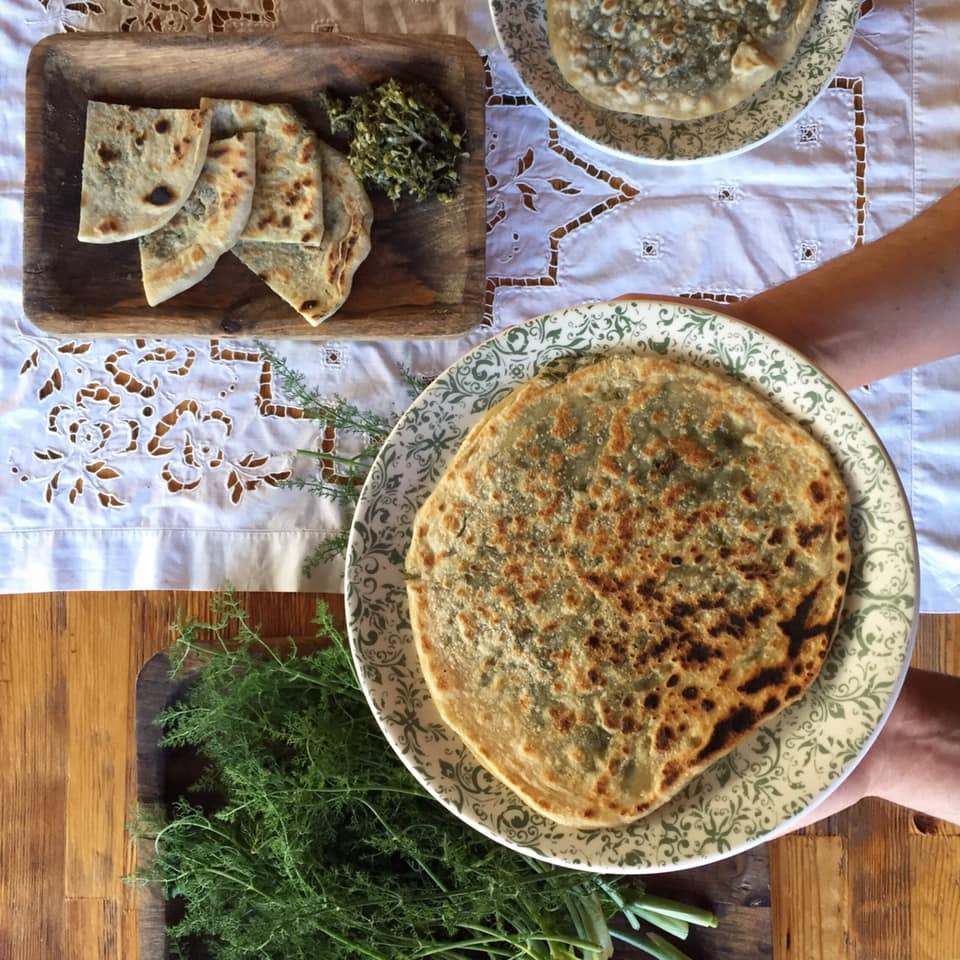
Fennel Pie

Sfakian Pie or Sfakianopita

Biscuits with Sesame Seeds

Sweet Rice Pie or 'Tzoulamas'
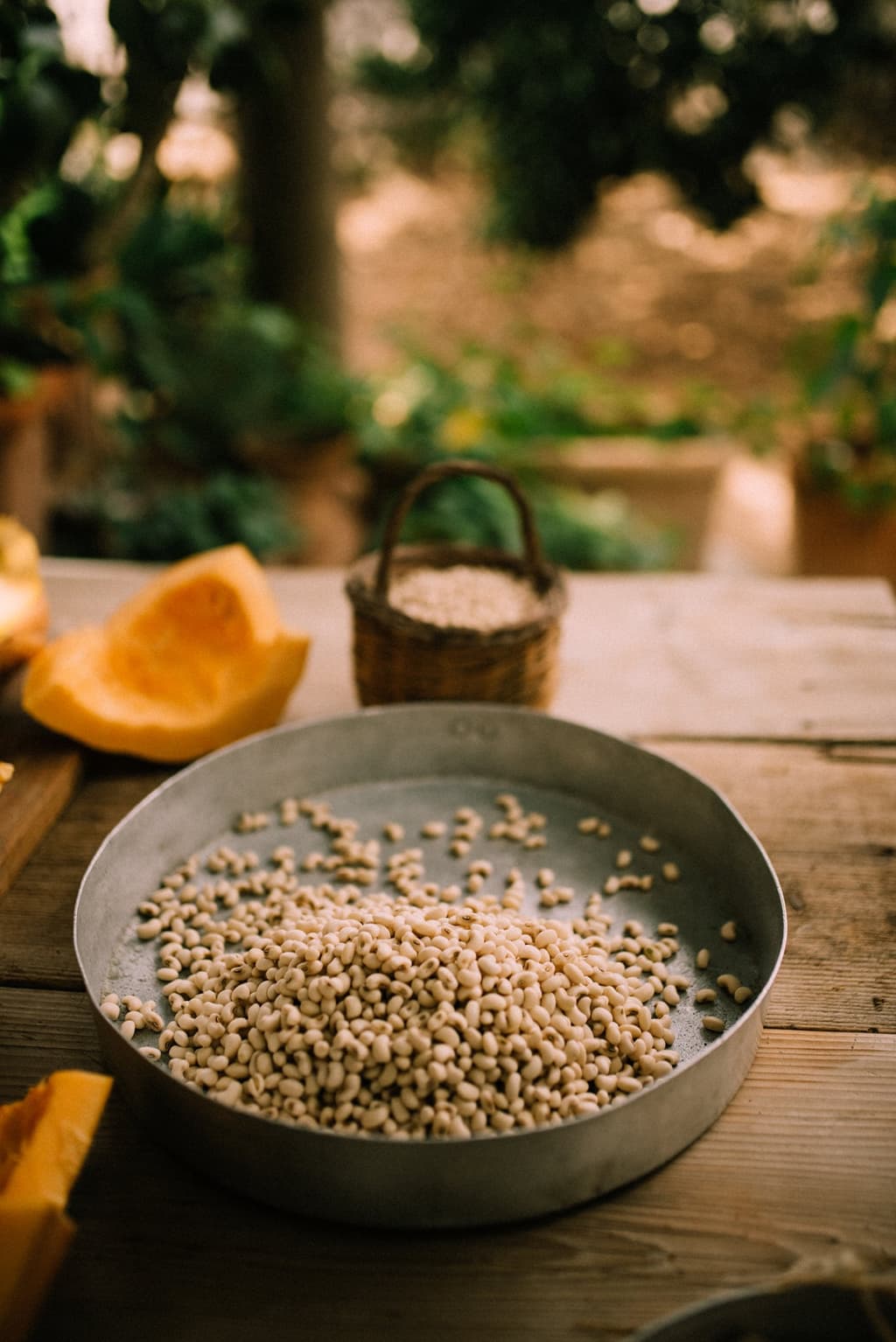
Apostoli White-Eyed Bean
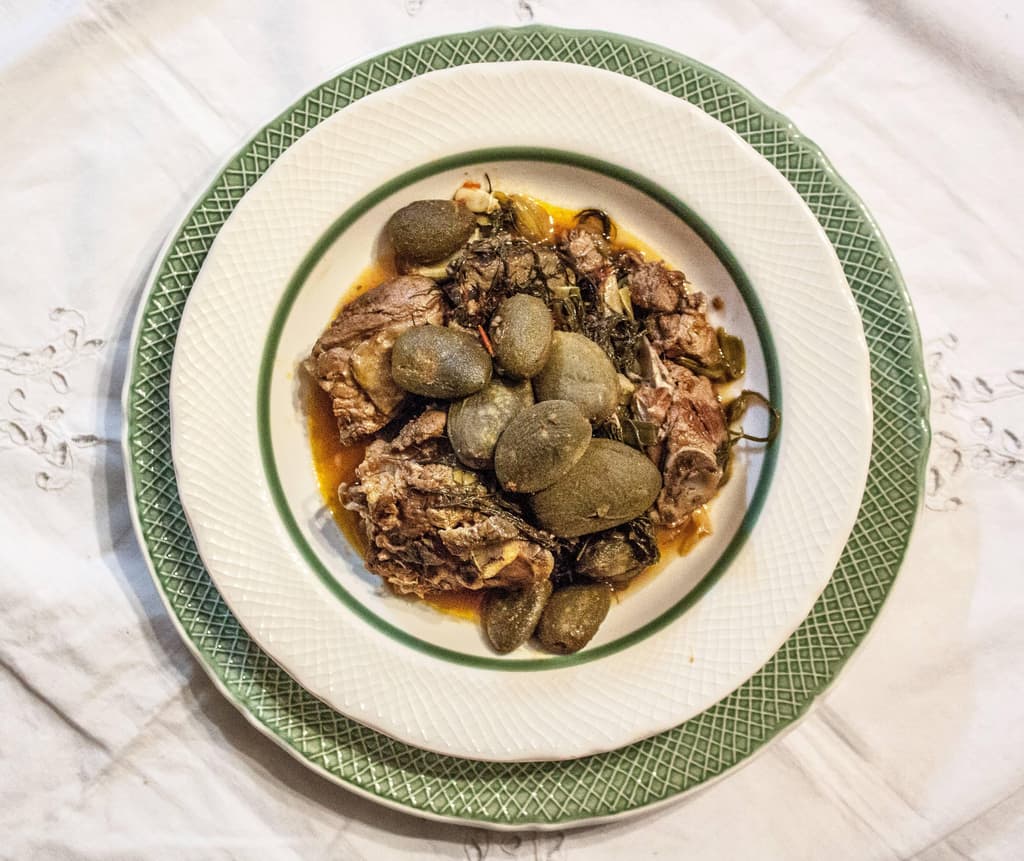
Almond-Infused Goat Dish with Fennel: A Fresh Delight

Lazarosavato
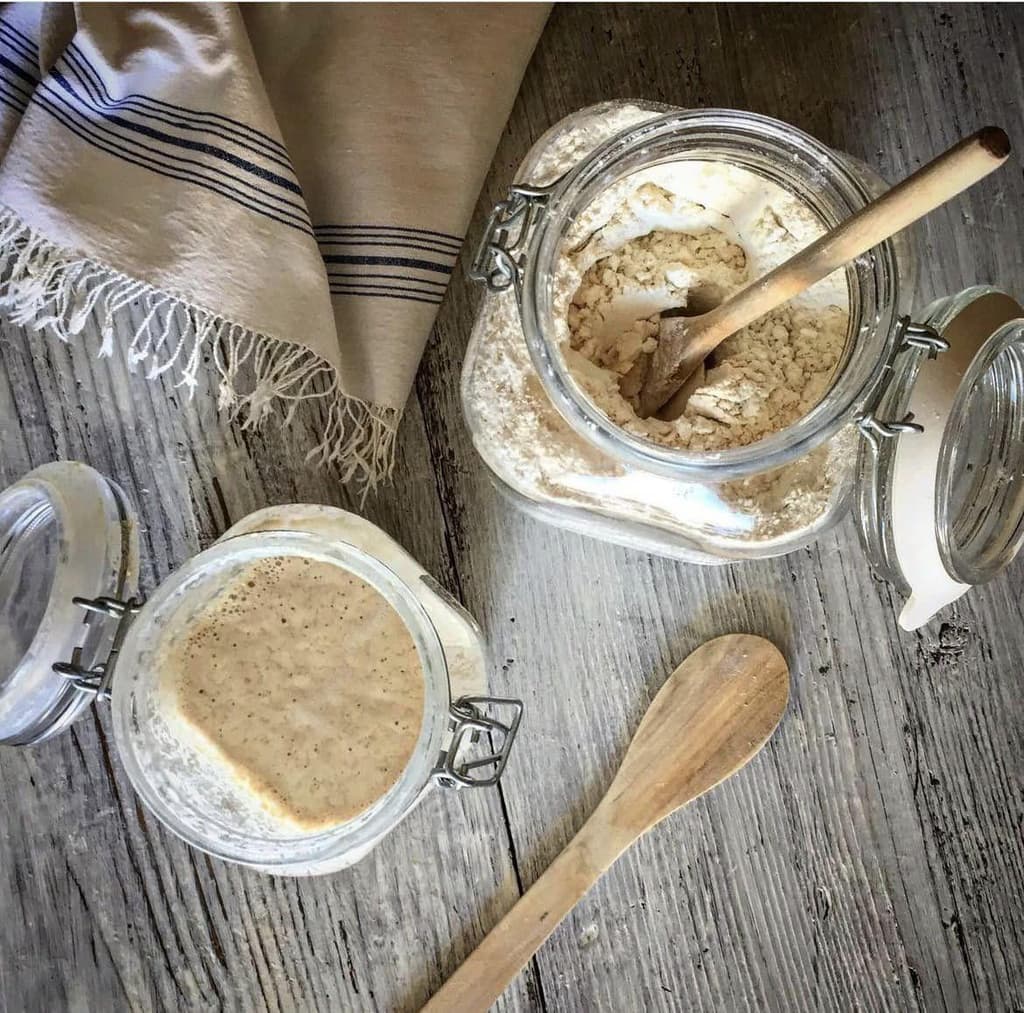
The Holy Week Sourdough
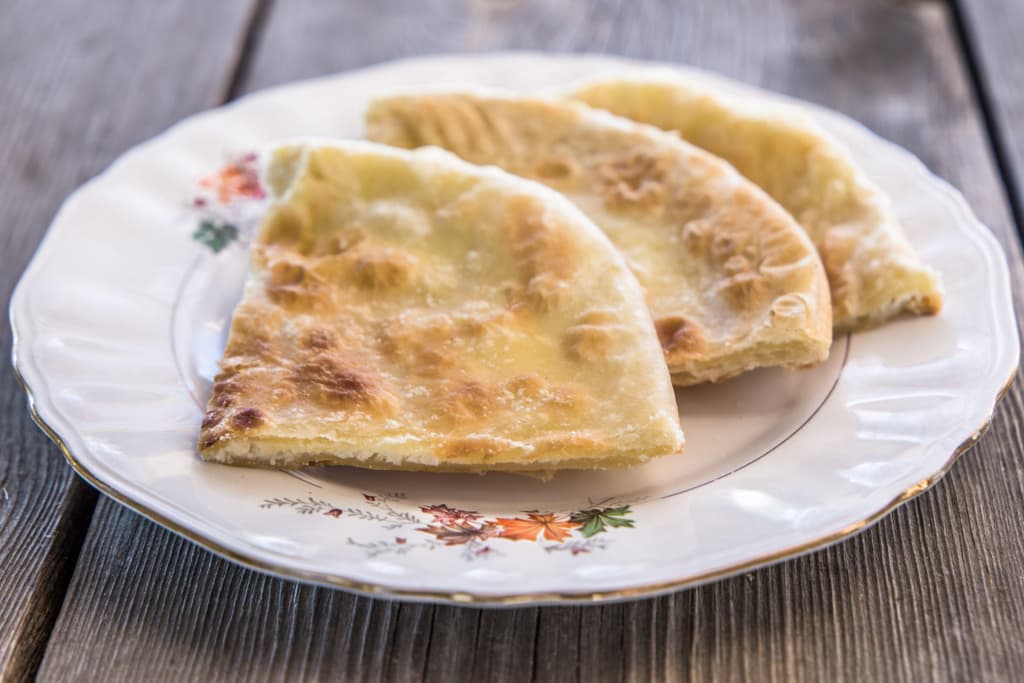
Nerati Mizithropita
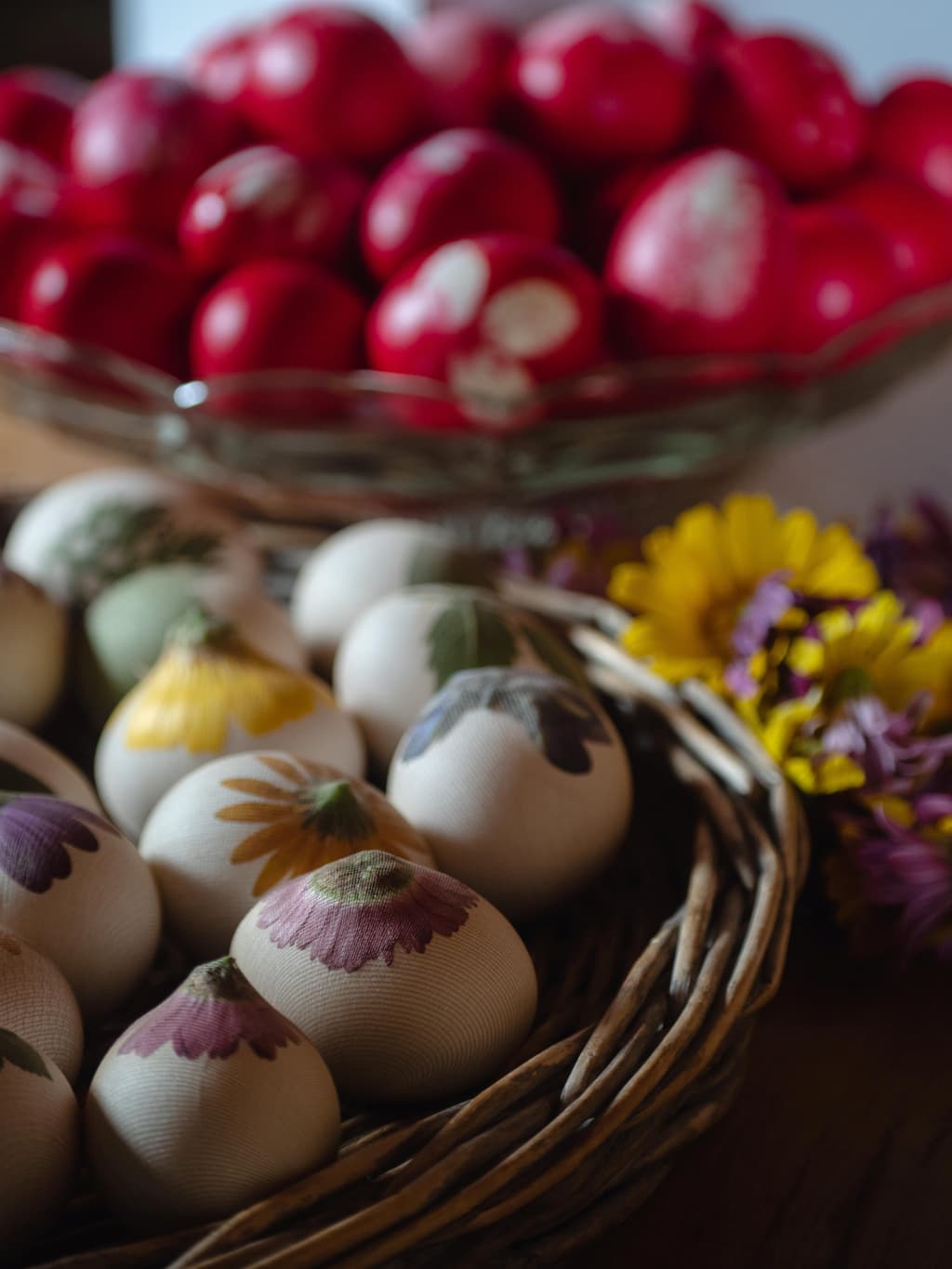
Easter Eggs
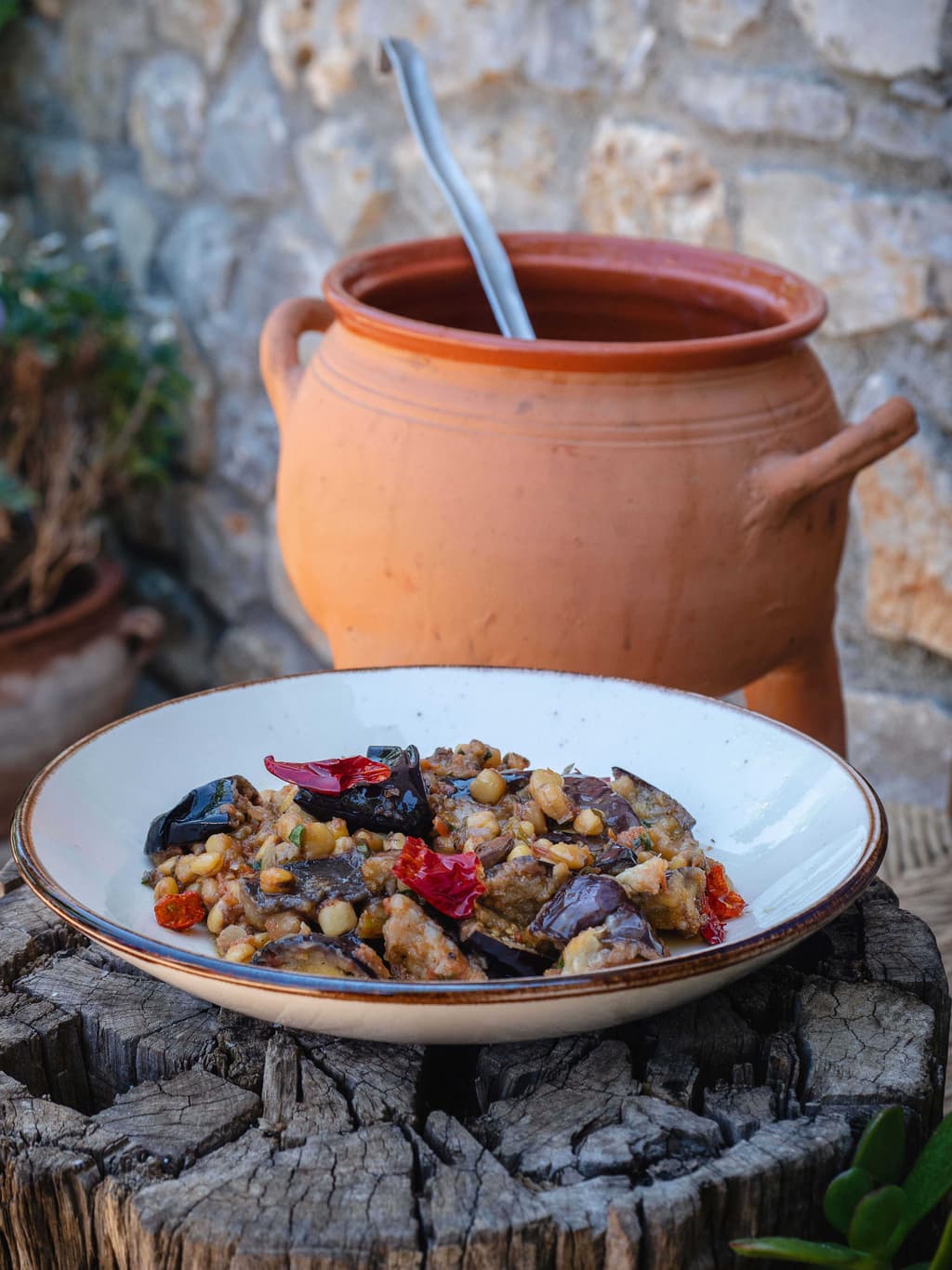
Kalikota
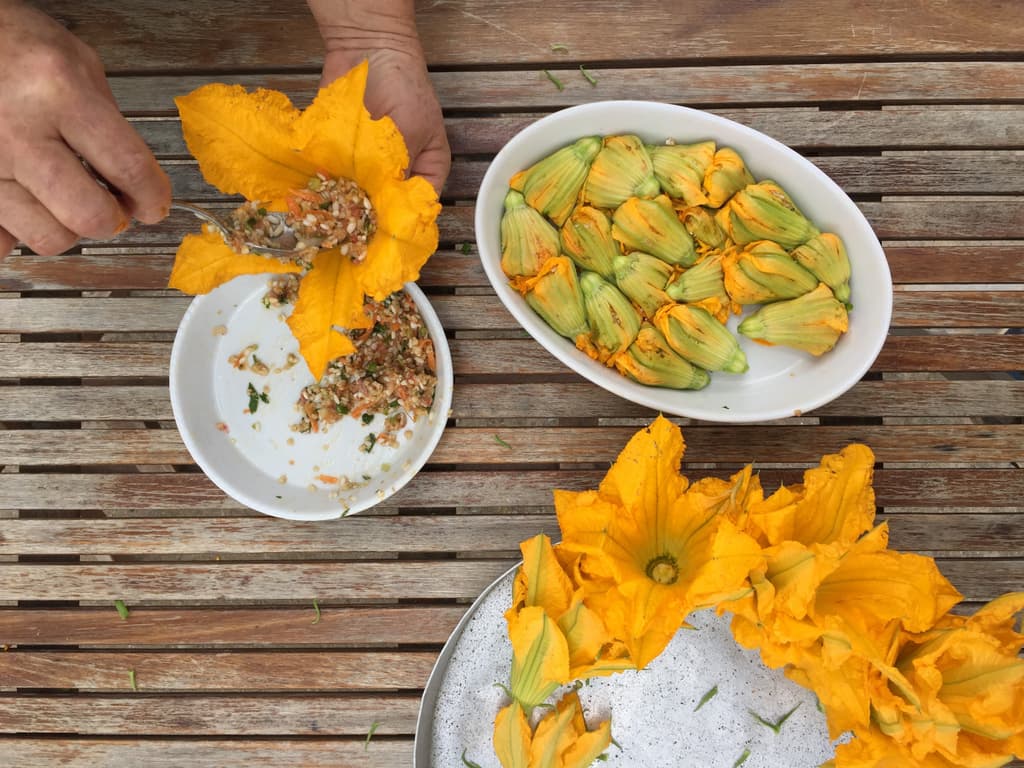
Stuffed Courgette Flowers
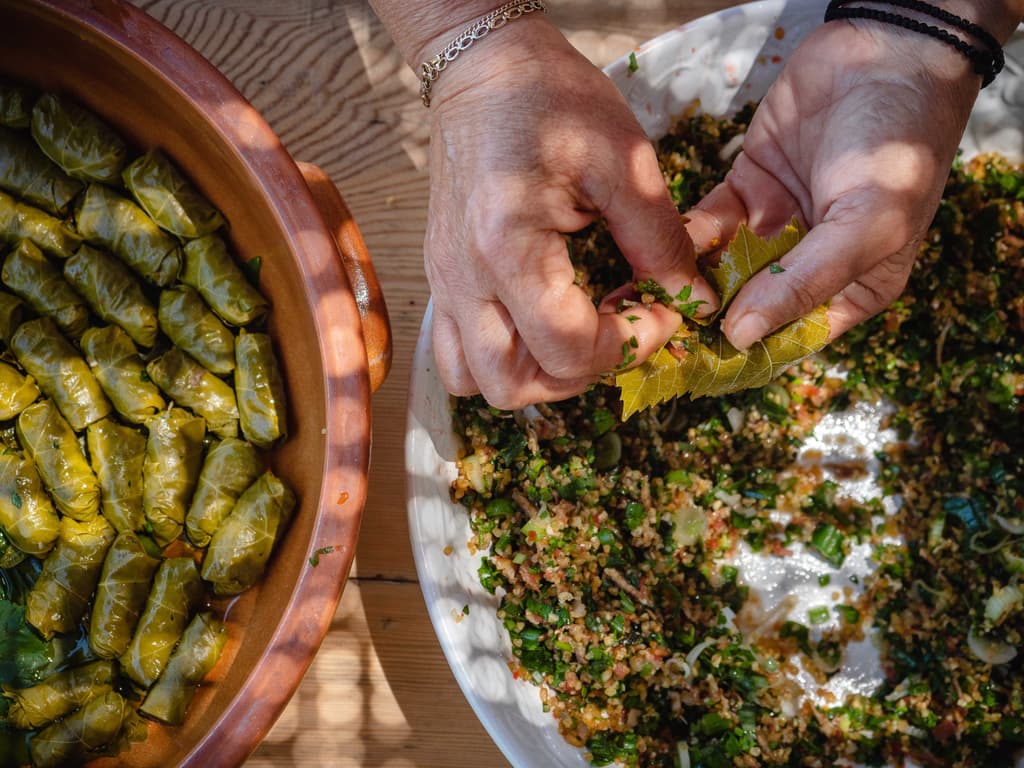
Stuffed Vine Leaves

Cracked Wheat and Snails
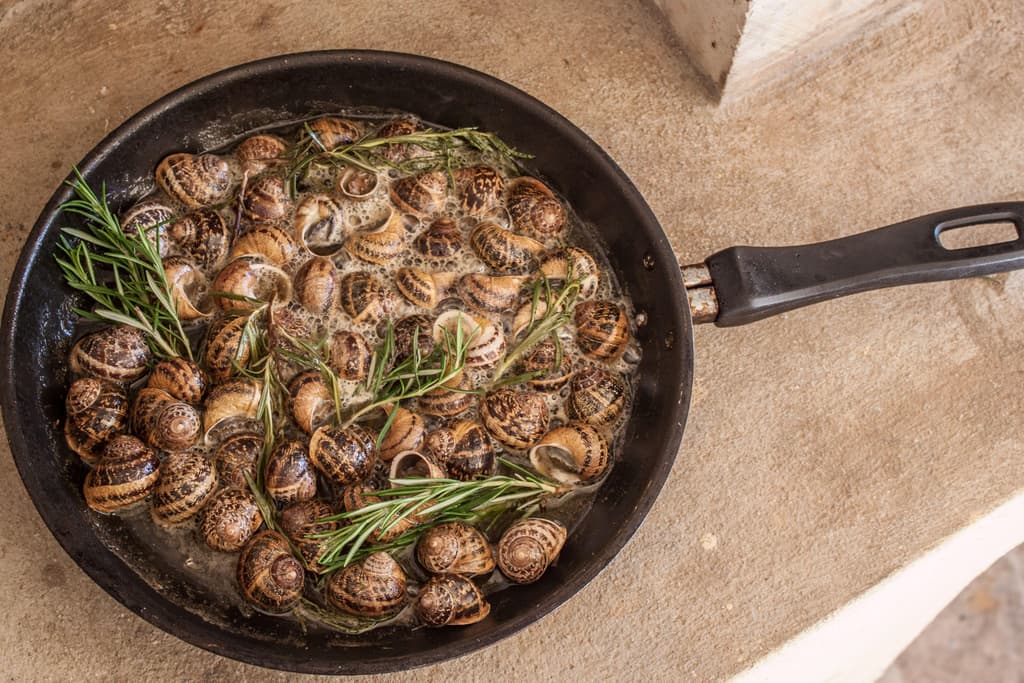
Chochli Boubouristi (Snails Face Down)
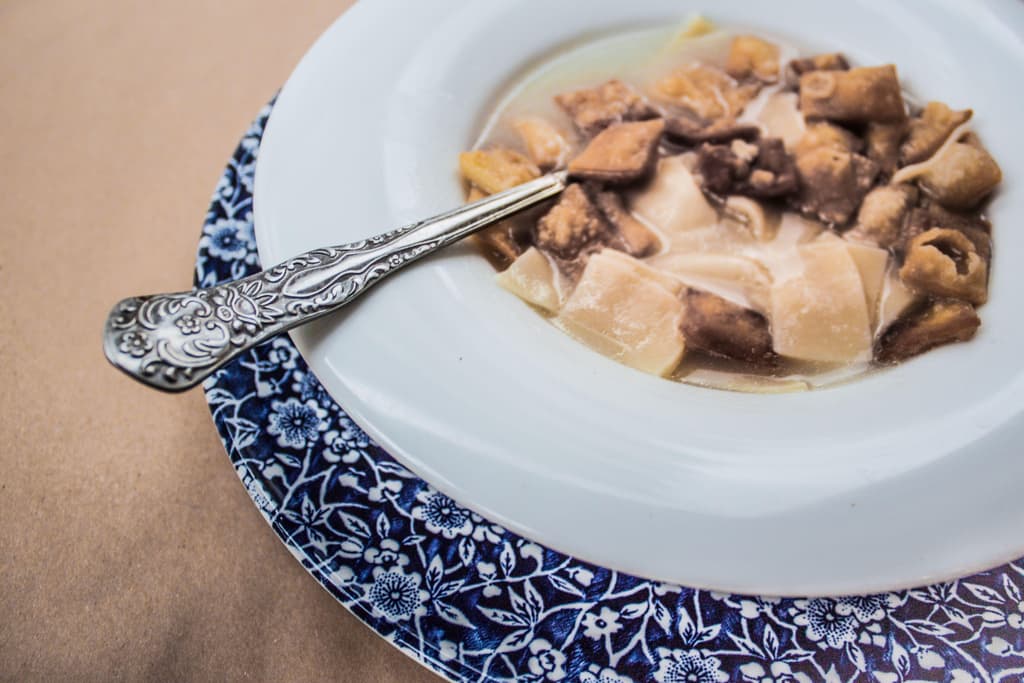
Mangiri
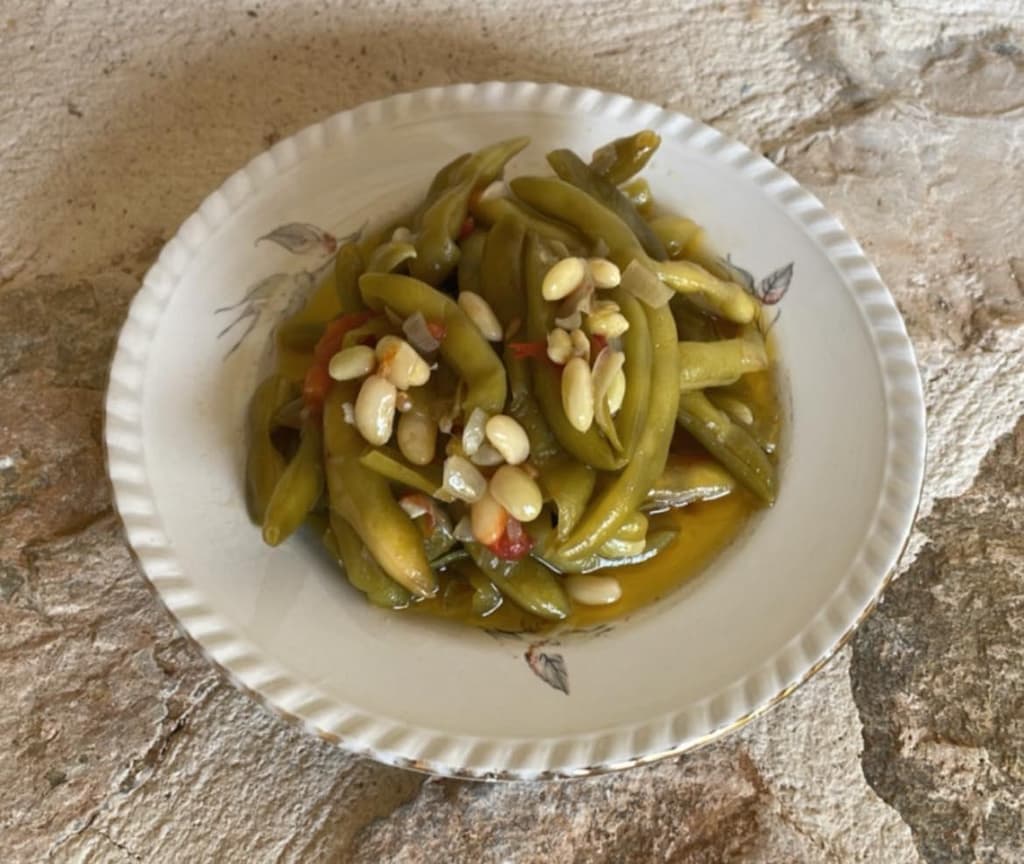
Symian Bean
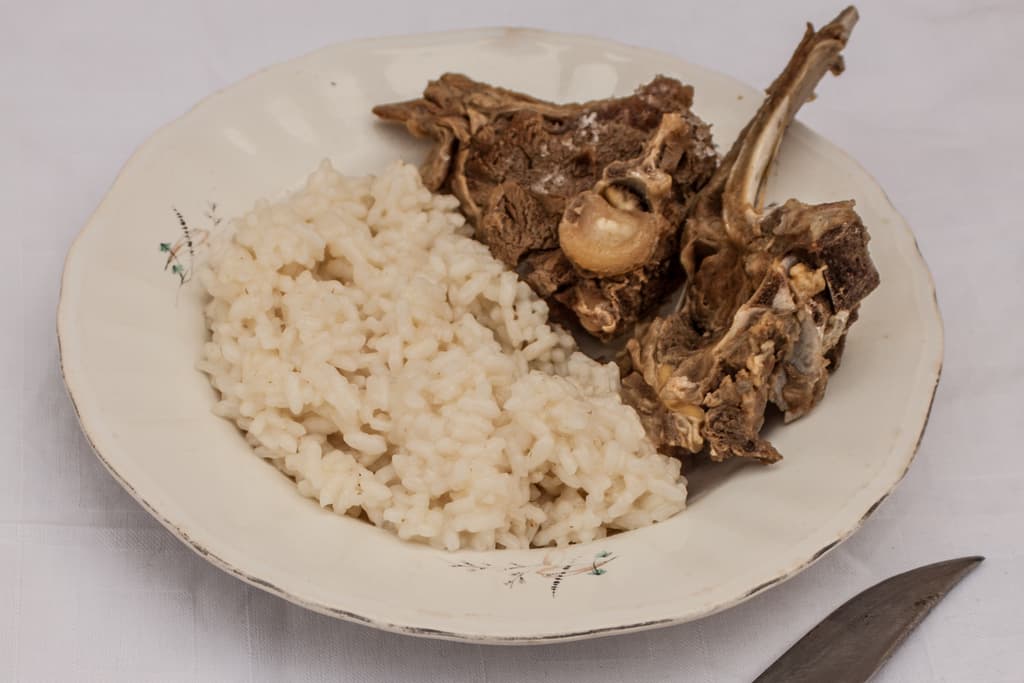
Cretan Pilaf
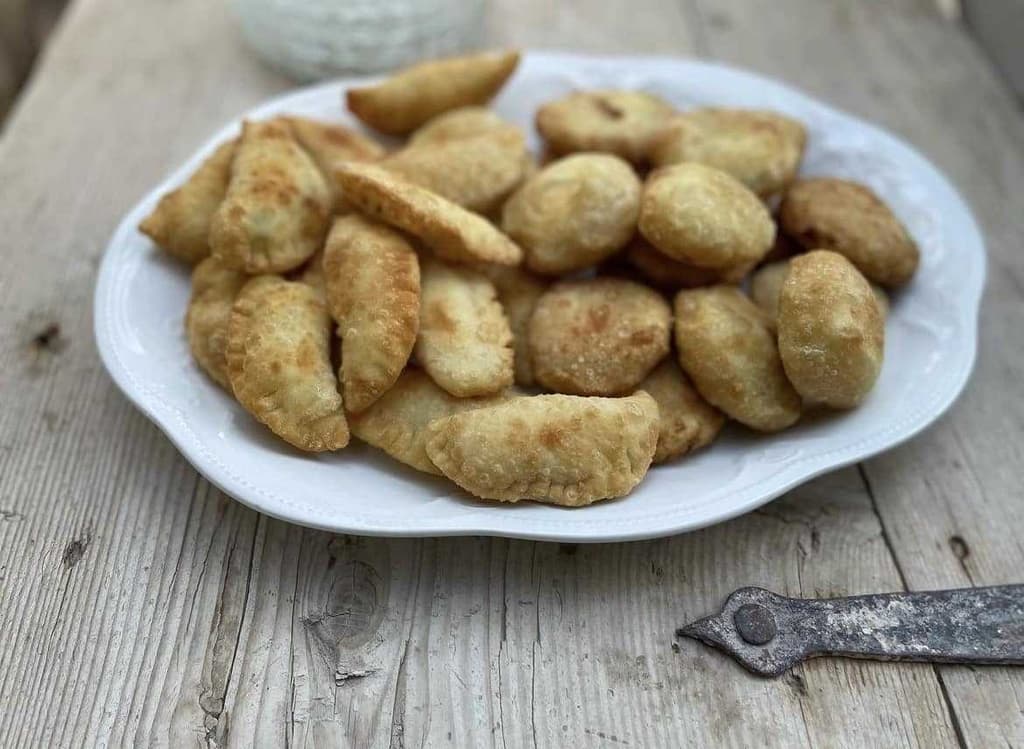
Rethymno Water Pies
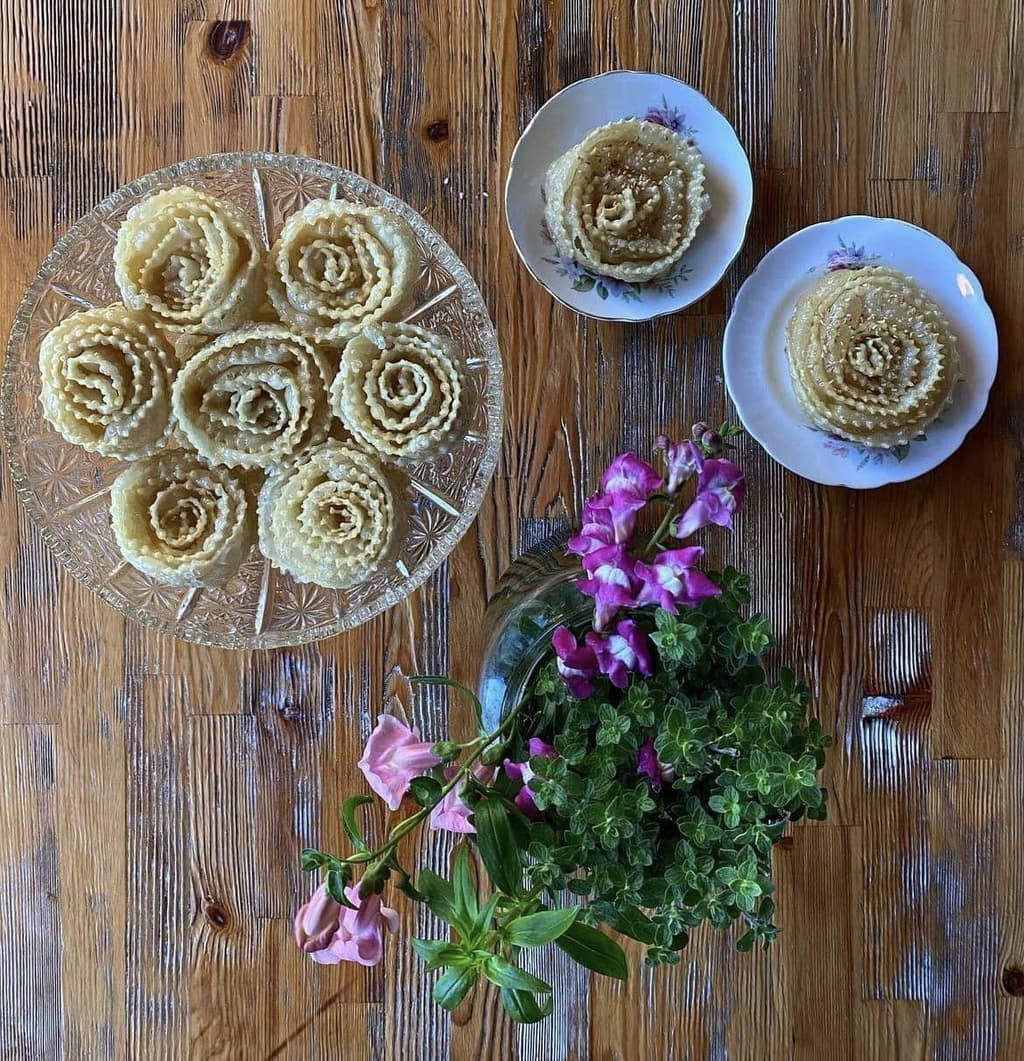
Xerotigana
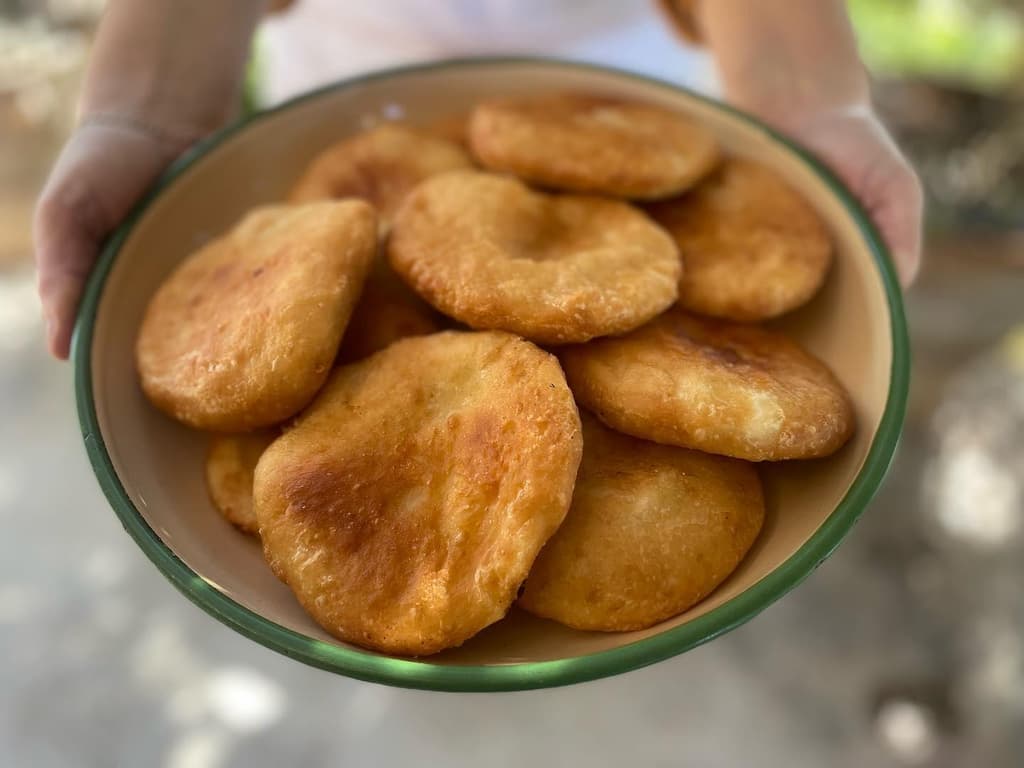
Agnopites
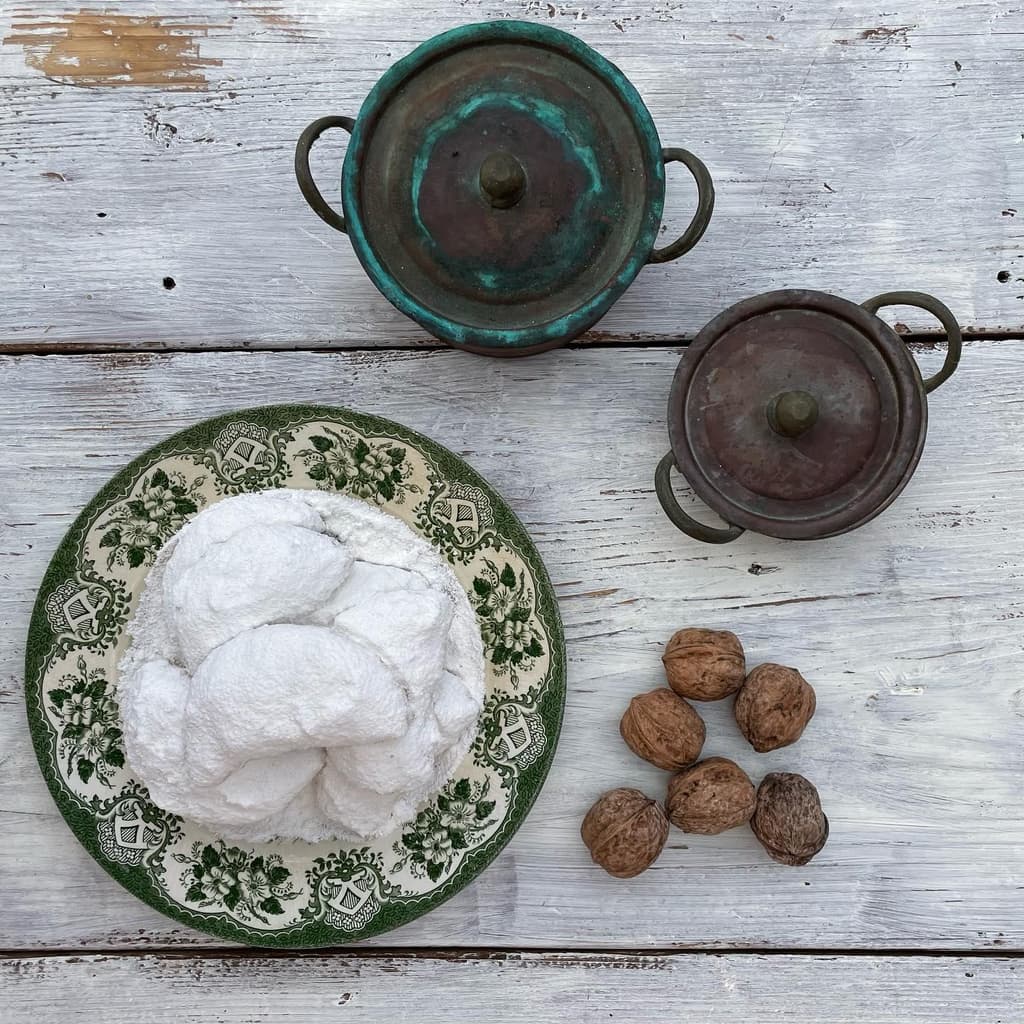
Patoudo

Safidota

Kakavia (Fish Soup)
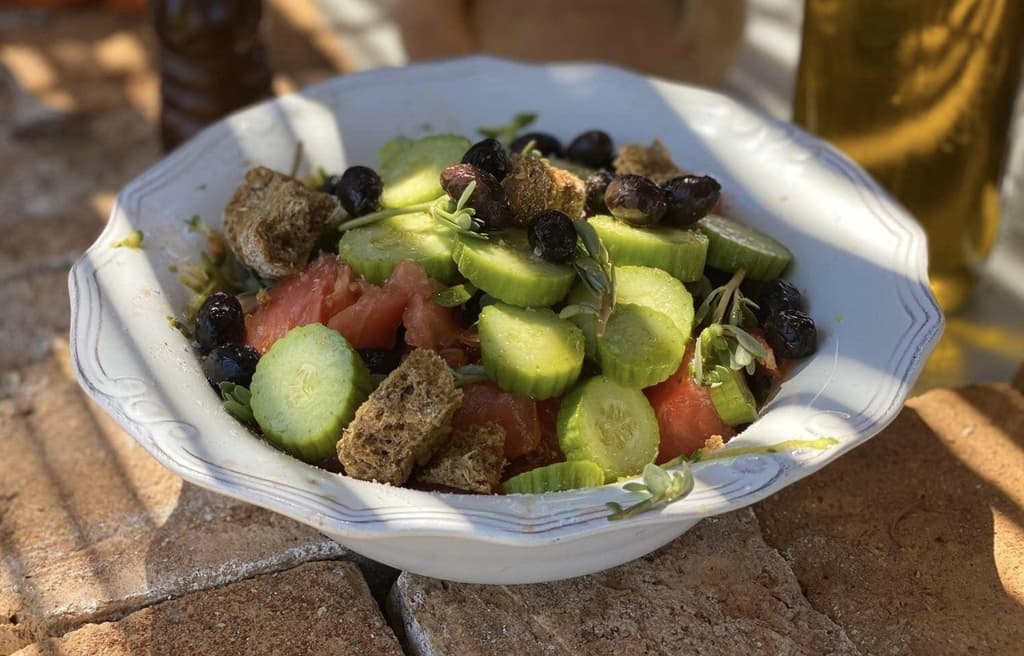
Cretan Greek salad
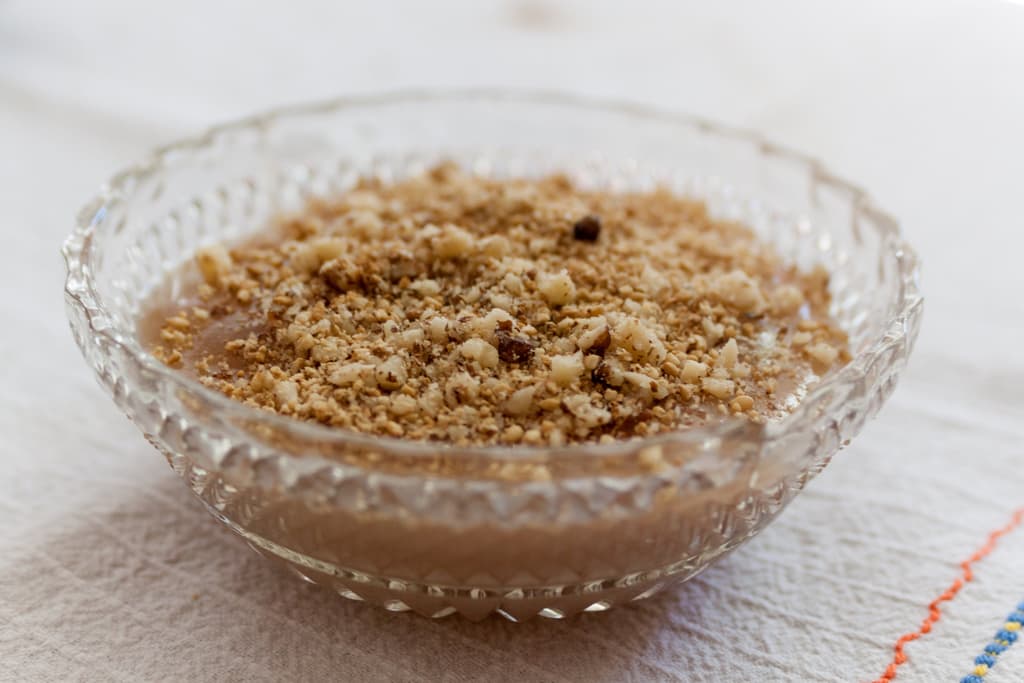
The Sweet Bounty of the Cretan Harvest
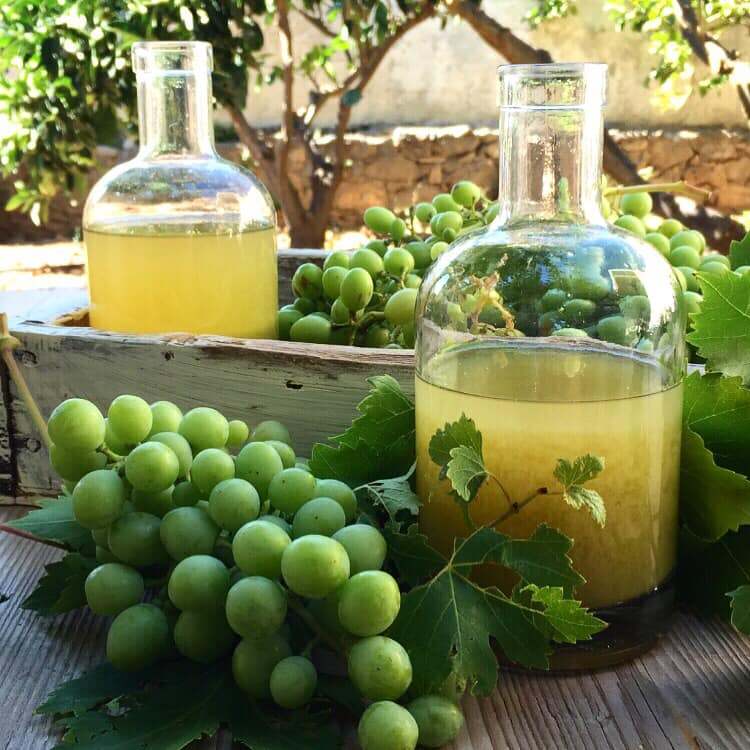
Okra and Unripe Grape
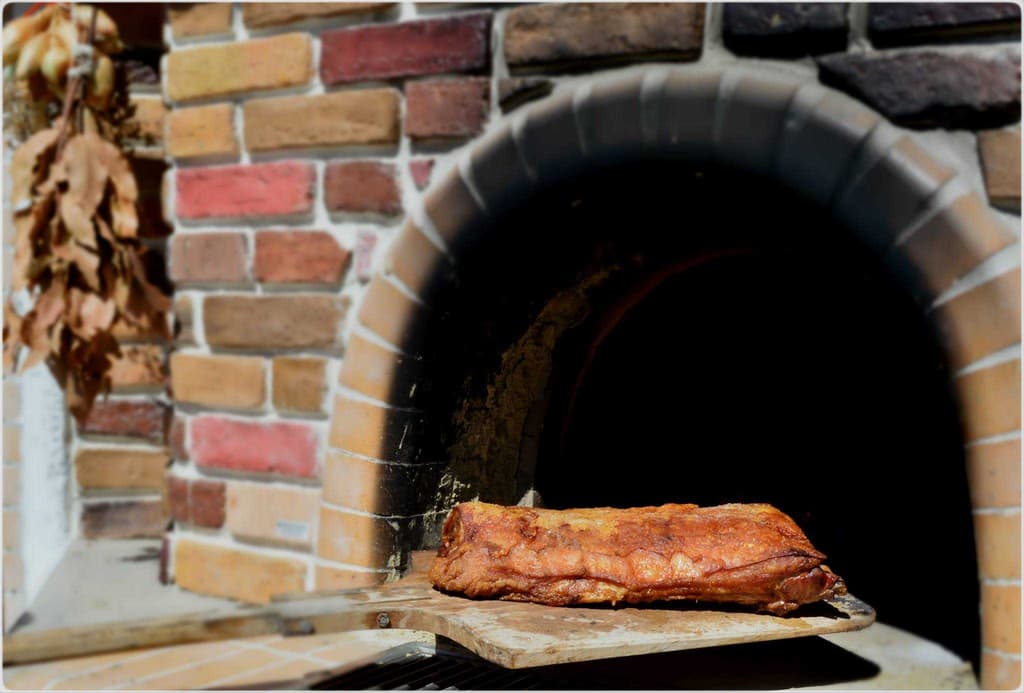
Kapriko
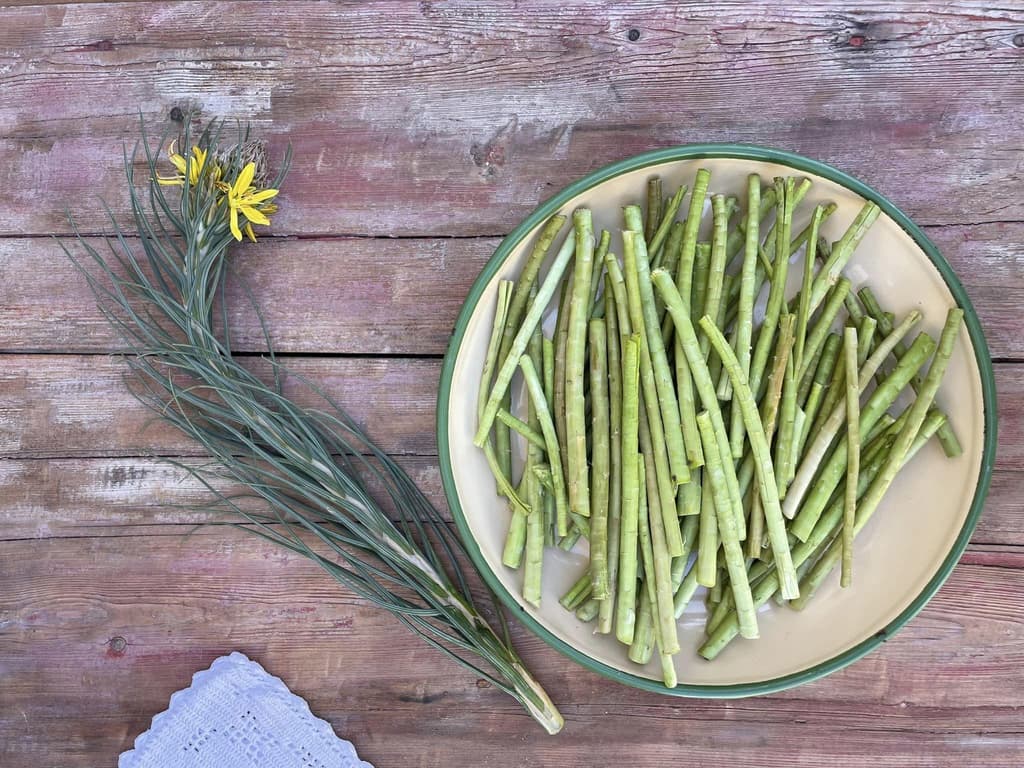
Discovering and Cooking Asphodelaceae: A Taste of Local Cuisine
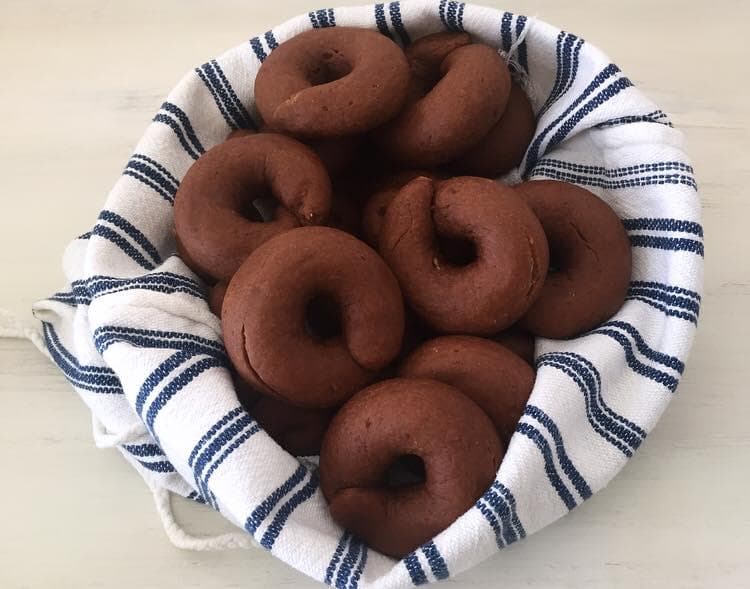
Moustokouloura
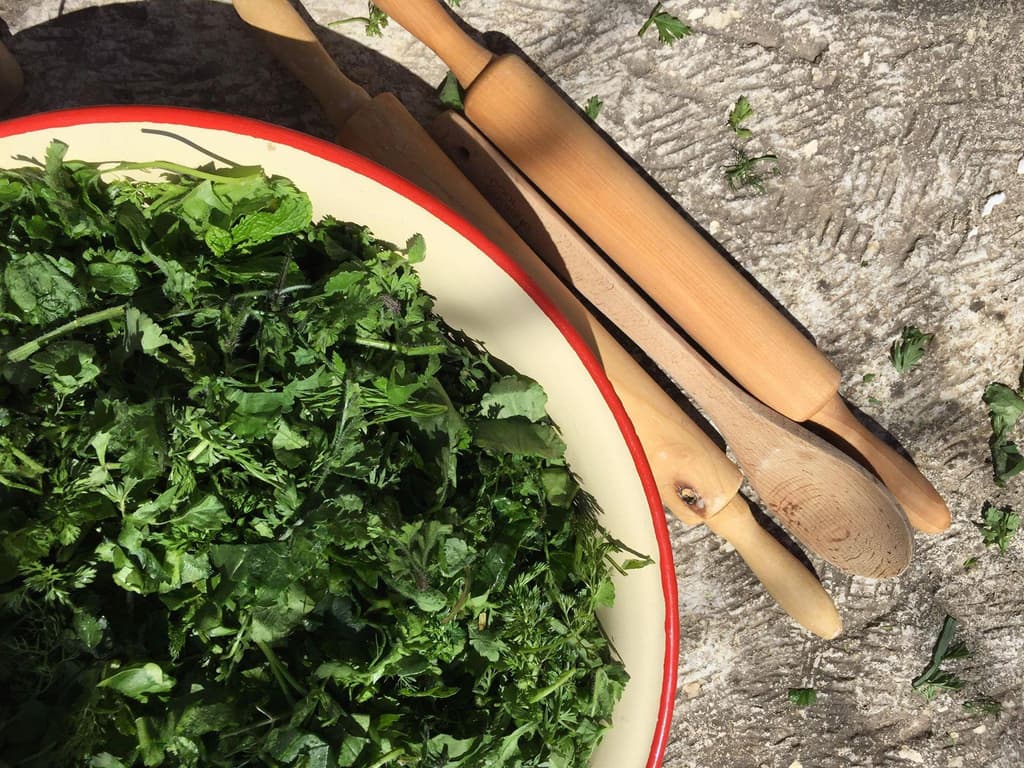
Pie with 'Yachnera' Greens: Baked to Perfection

Pumpkin Stifado
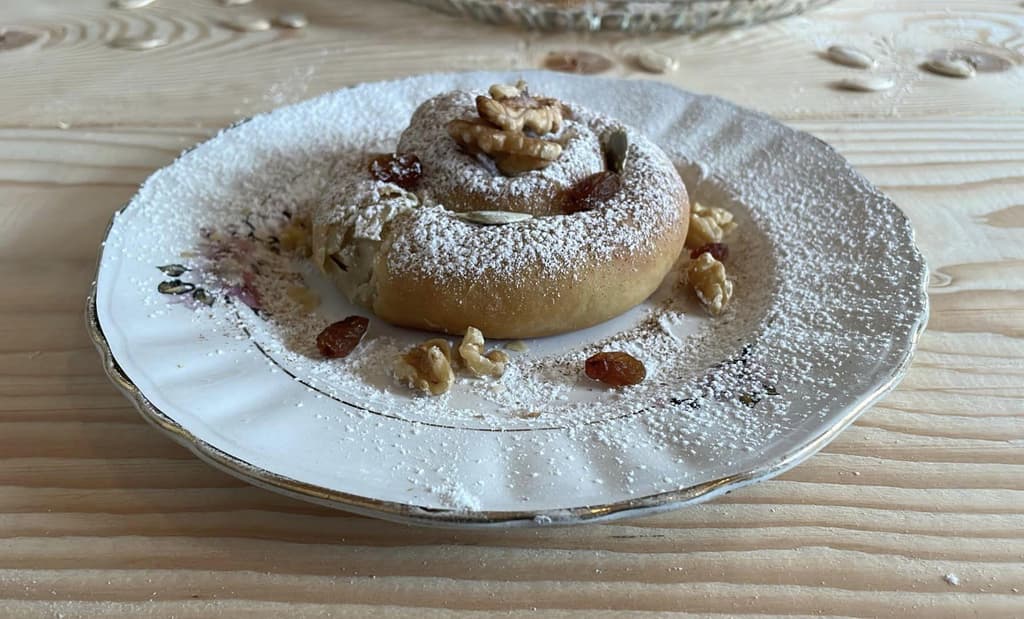
Sweet Pumpkin Pies with Raki Leaves (Oven)
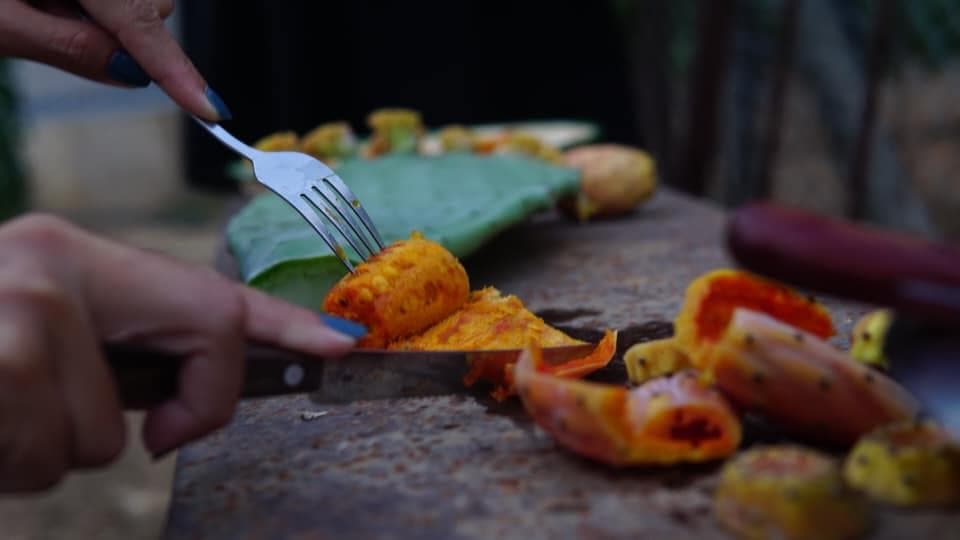
Prickly Pear or Indian Fig
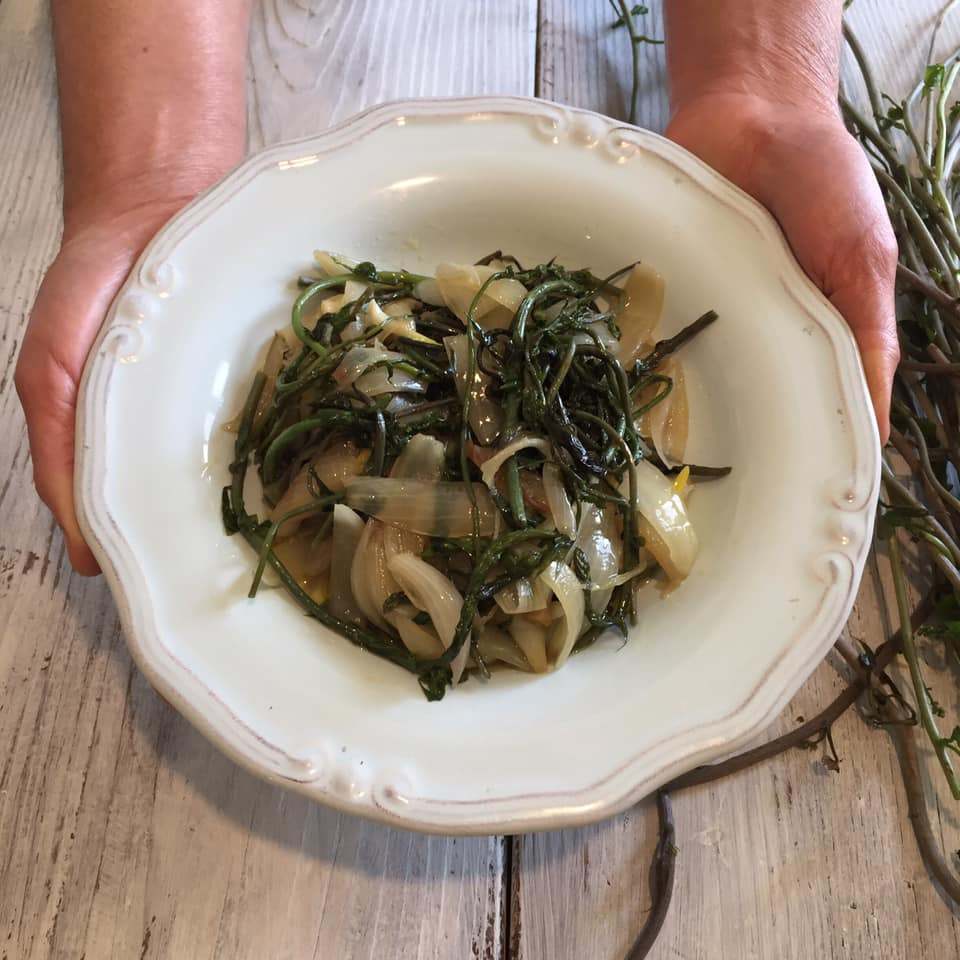
Black Bryony

Tahini Soup without Oil
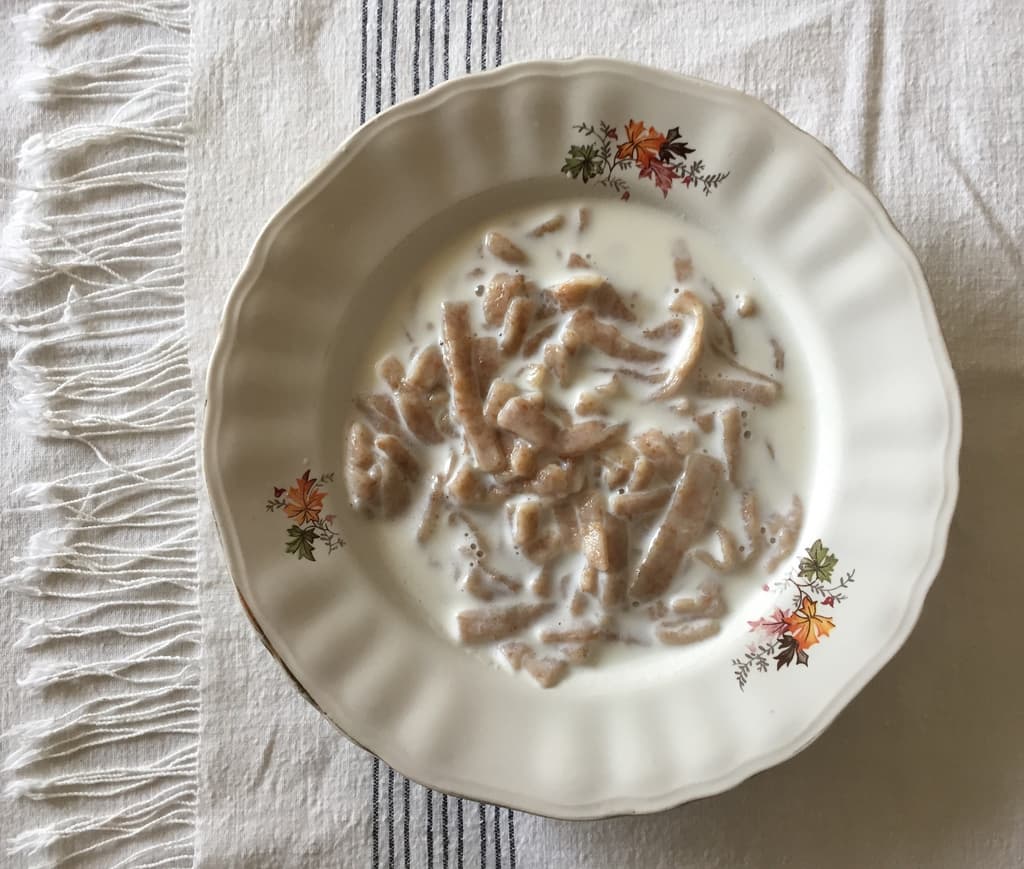
Chylofta with Milk
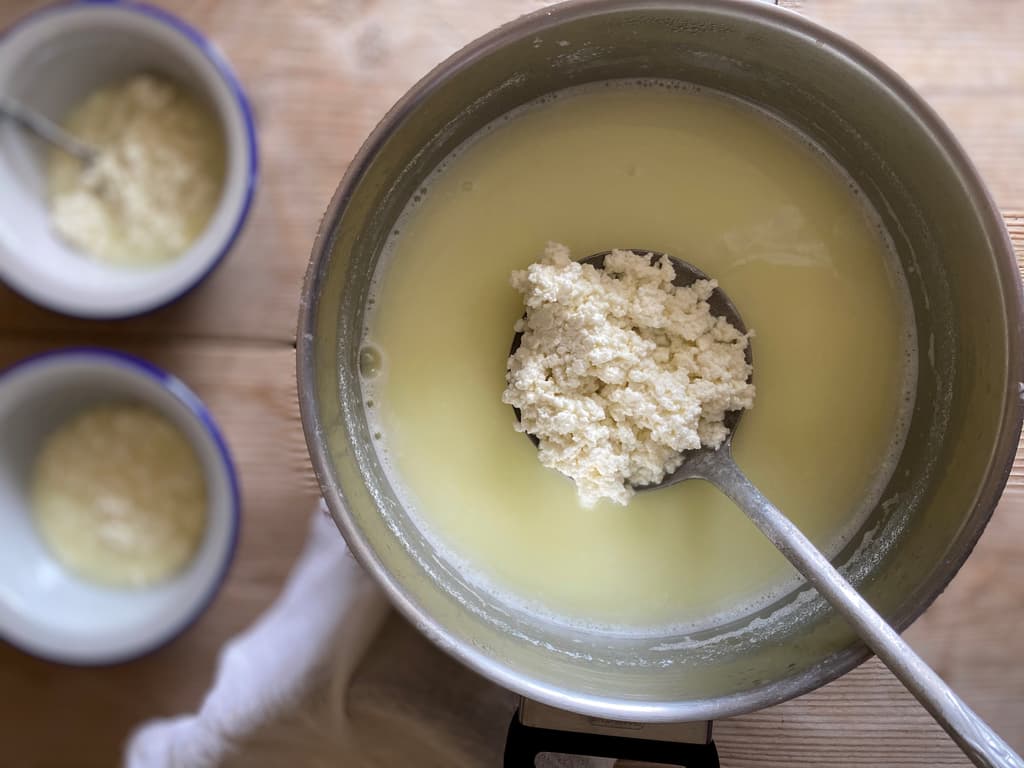
Tyrozouli or Cretan Home Cheese
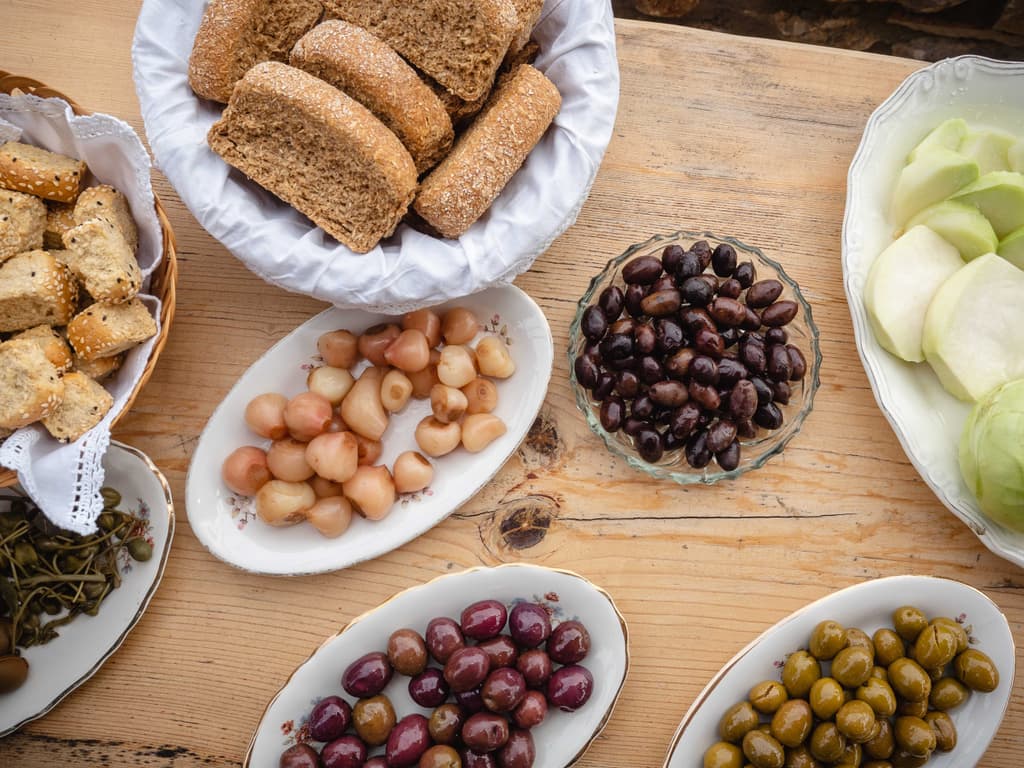
Pickled Tassel Hyacinth

Sourdough Dagoulakia
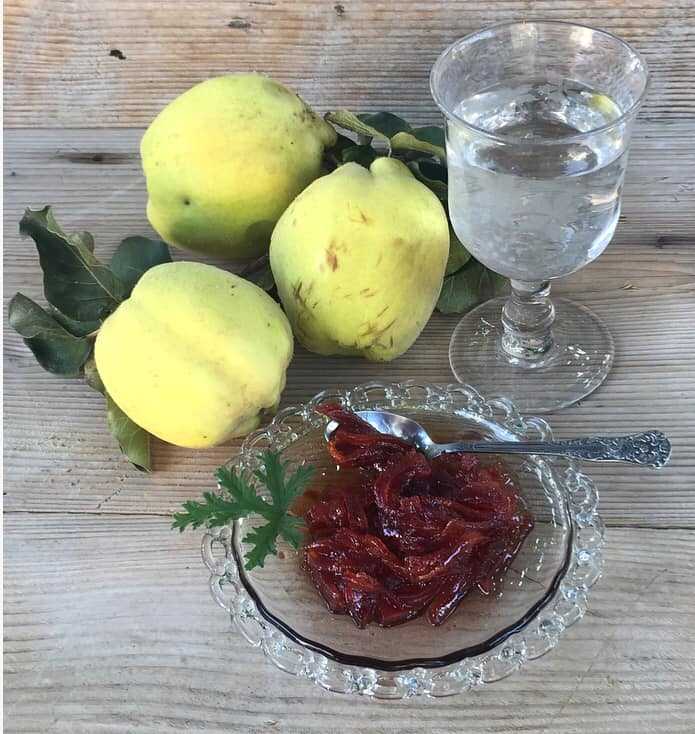
Quince Confection

Delicious Homemade Treat with Lemon Blossoms
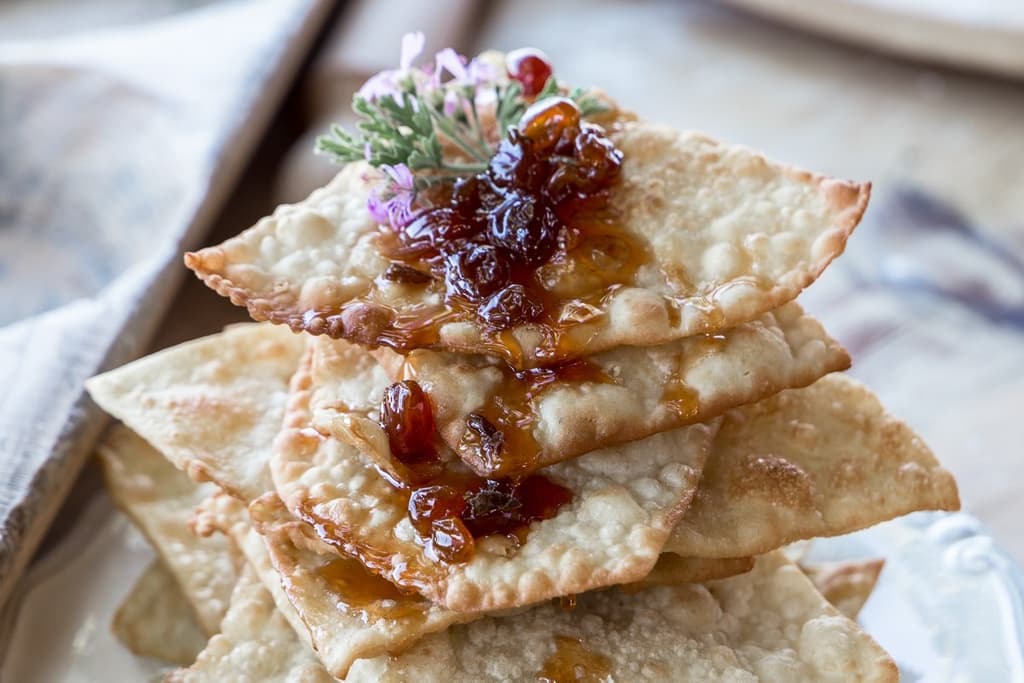
Tiganopites: Greek Fried Pies

Dietary Practices in 17th Century Crete
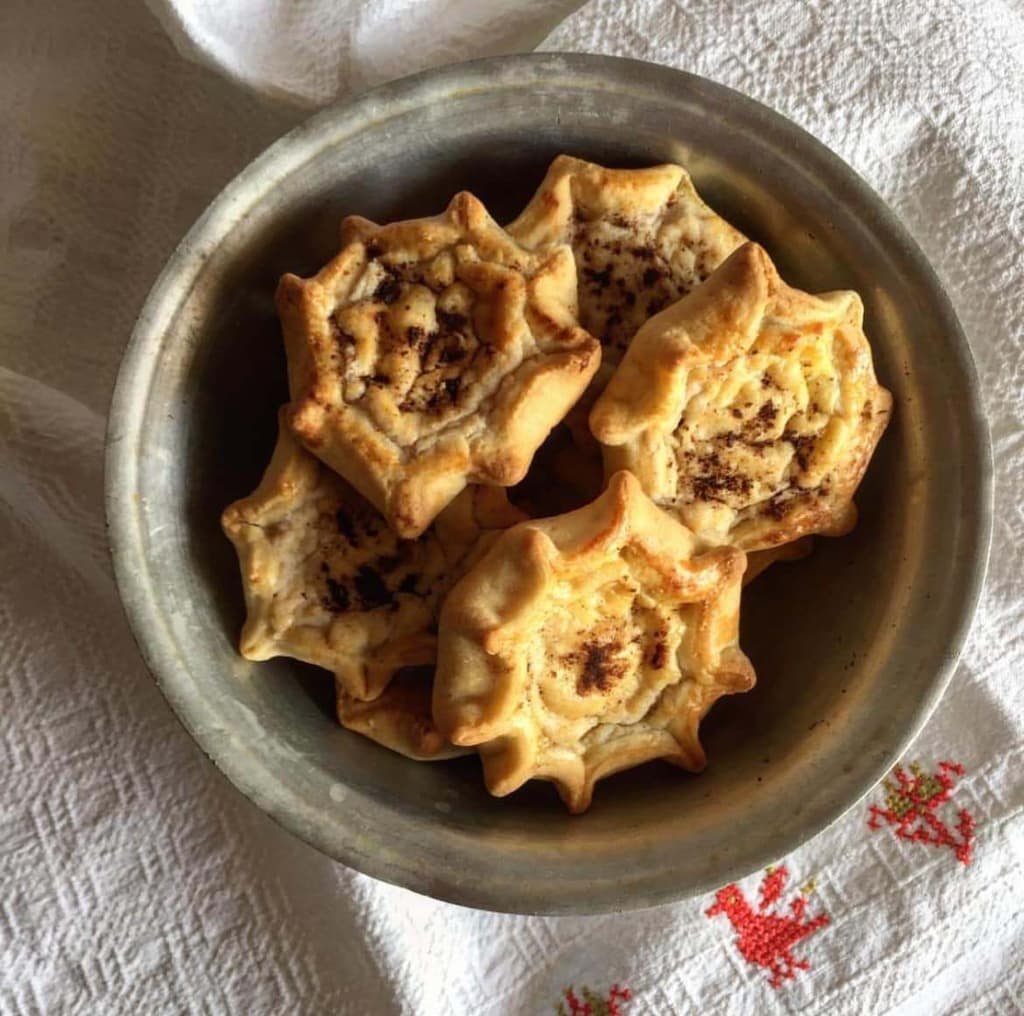
Lychnarakia

Lazarakia
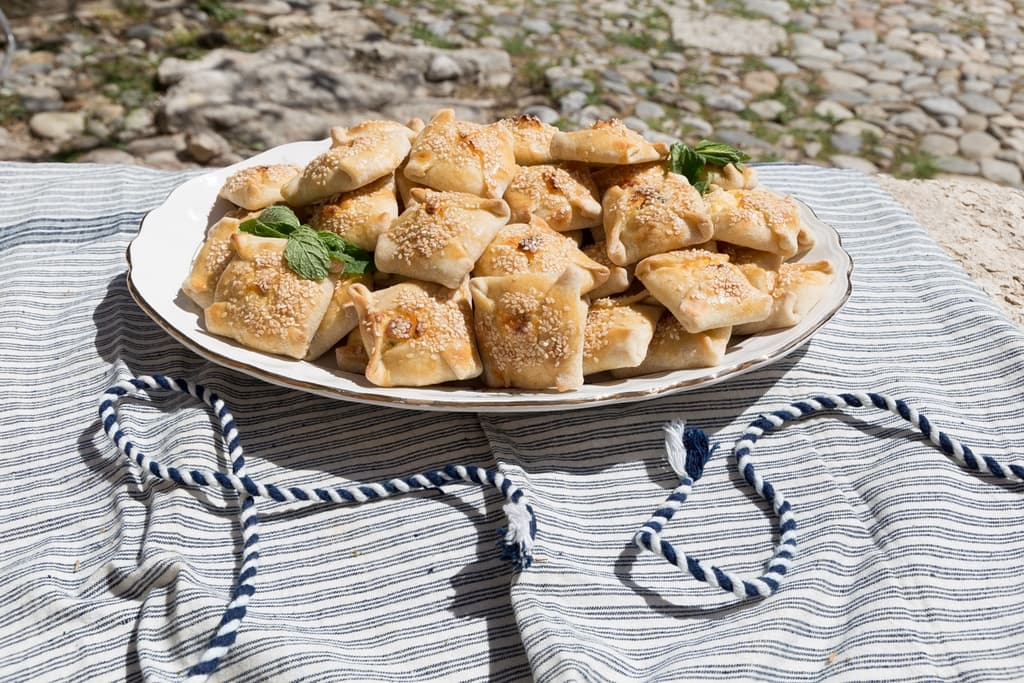
Kalitsounia from Chania
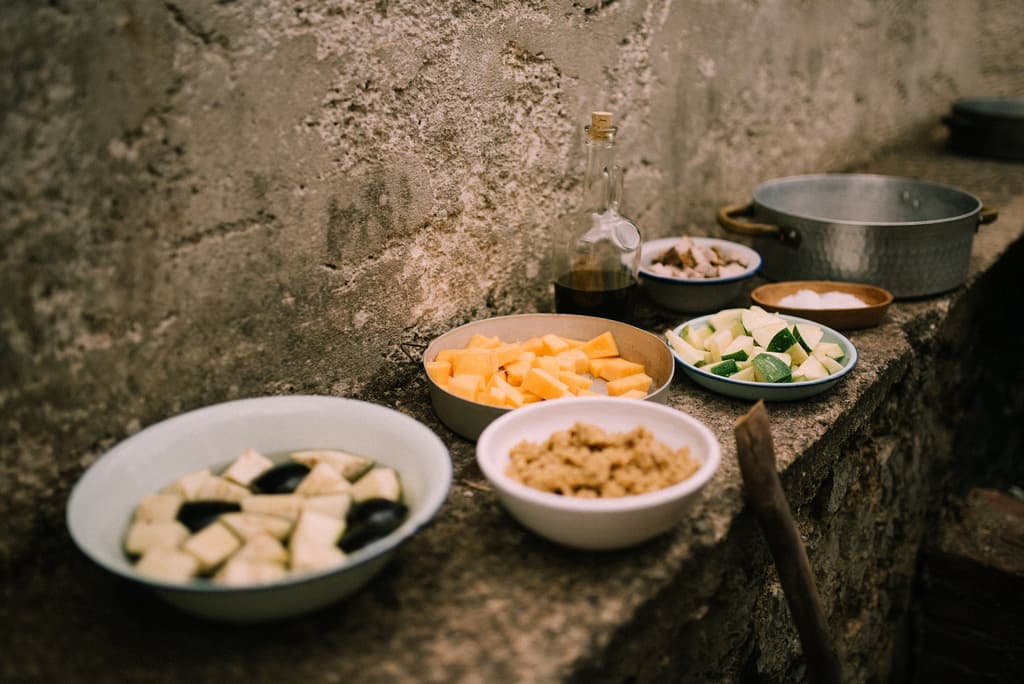
Apaki with Xinohondros and Vegetables
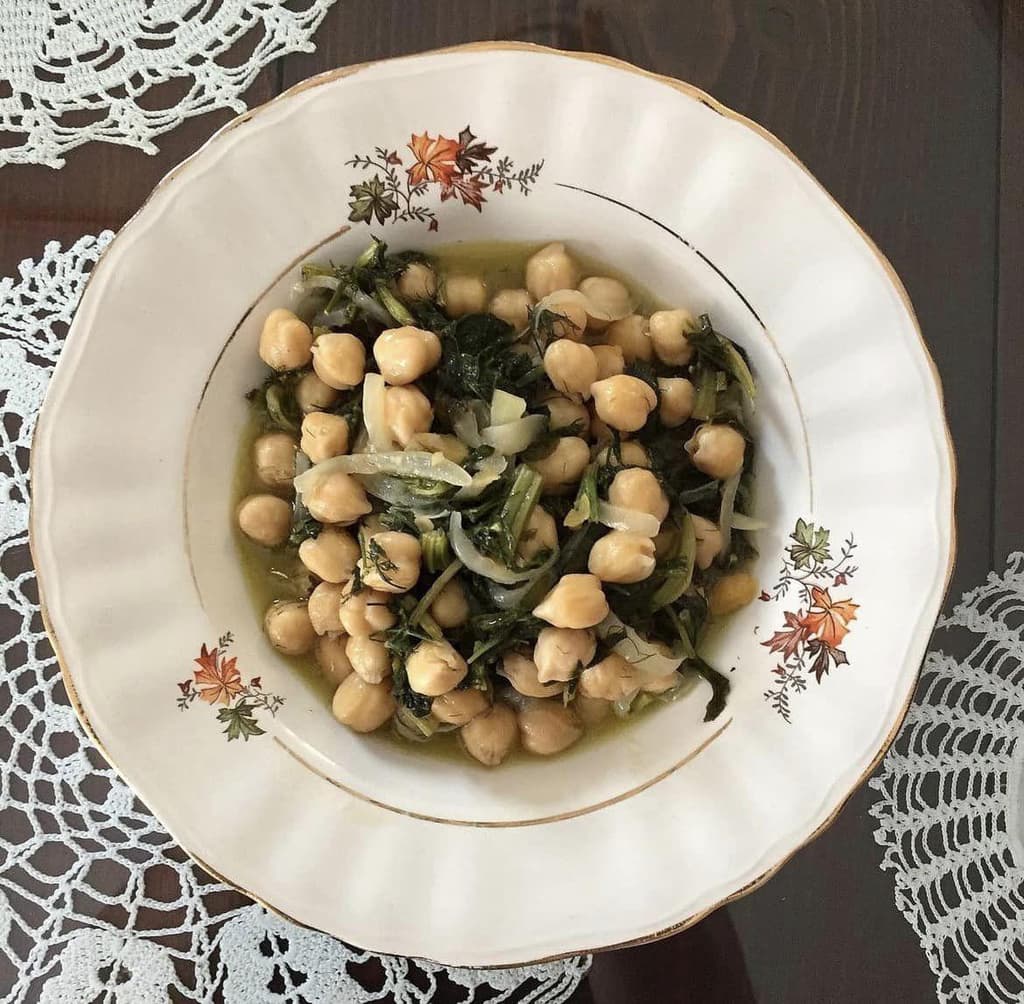
Chickpeas with Yachnera: A Delightful Dish
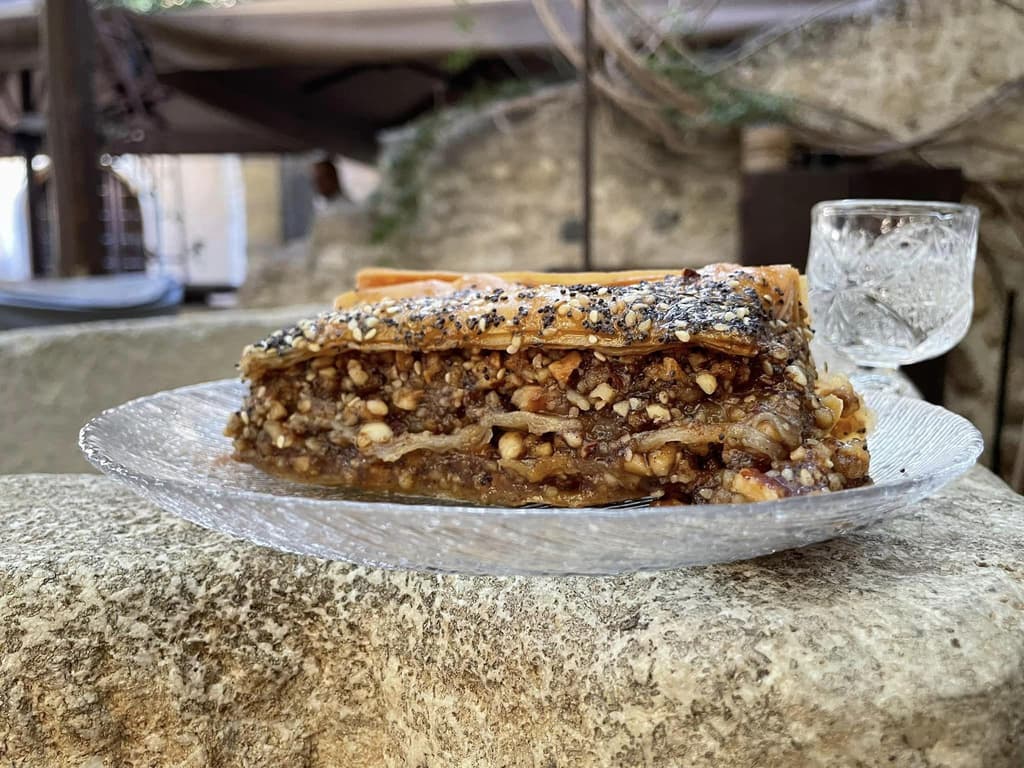
Gastrin
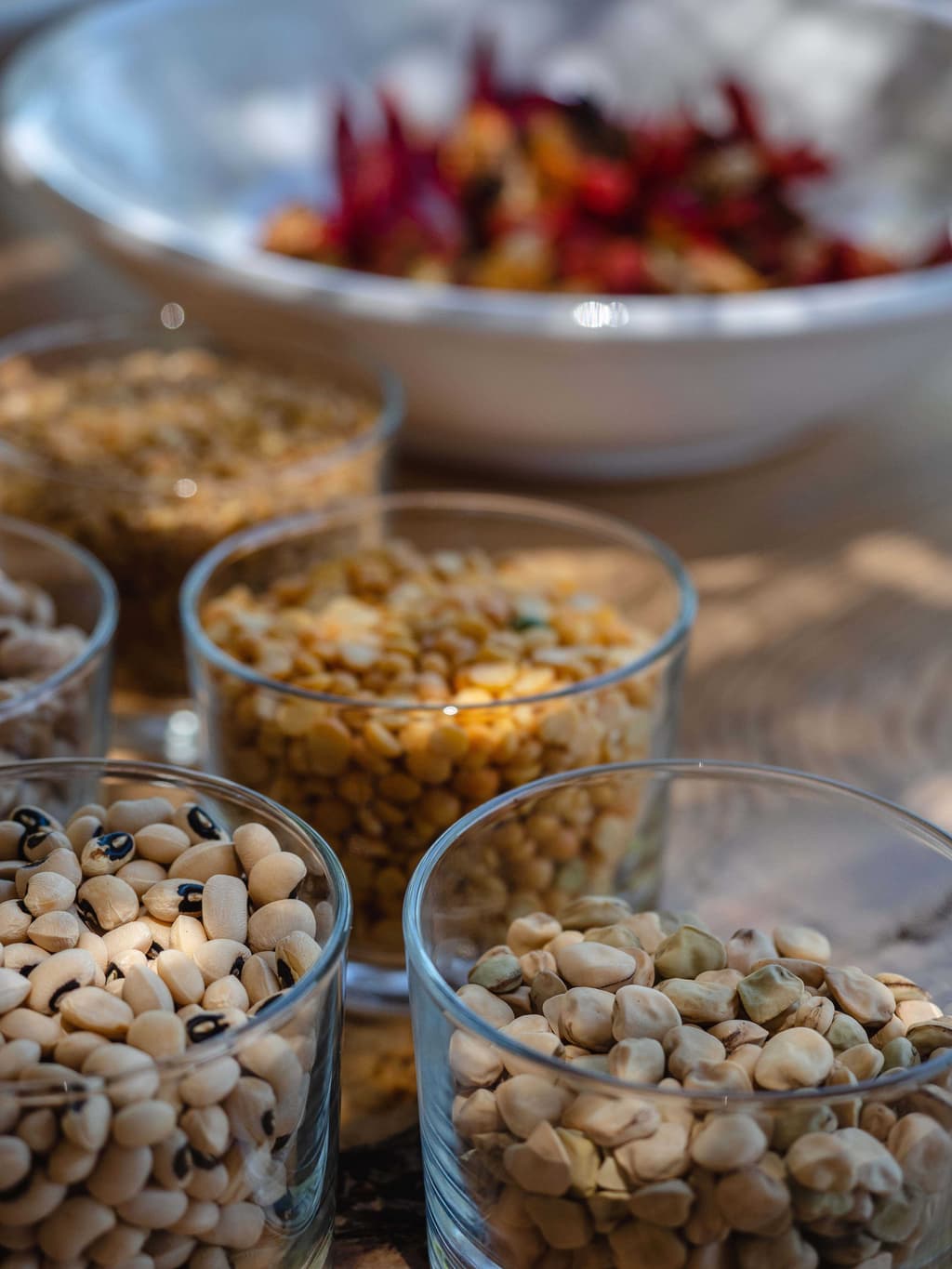
Fotokollyva
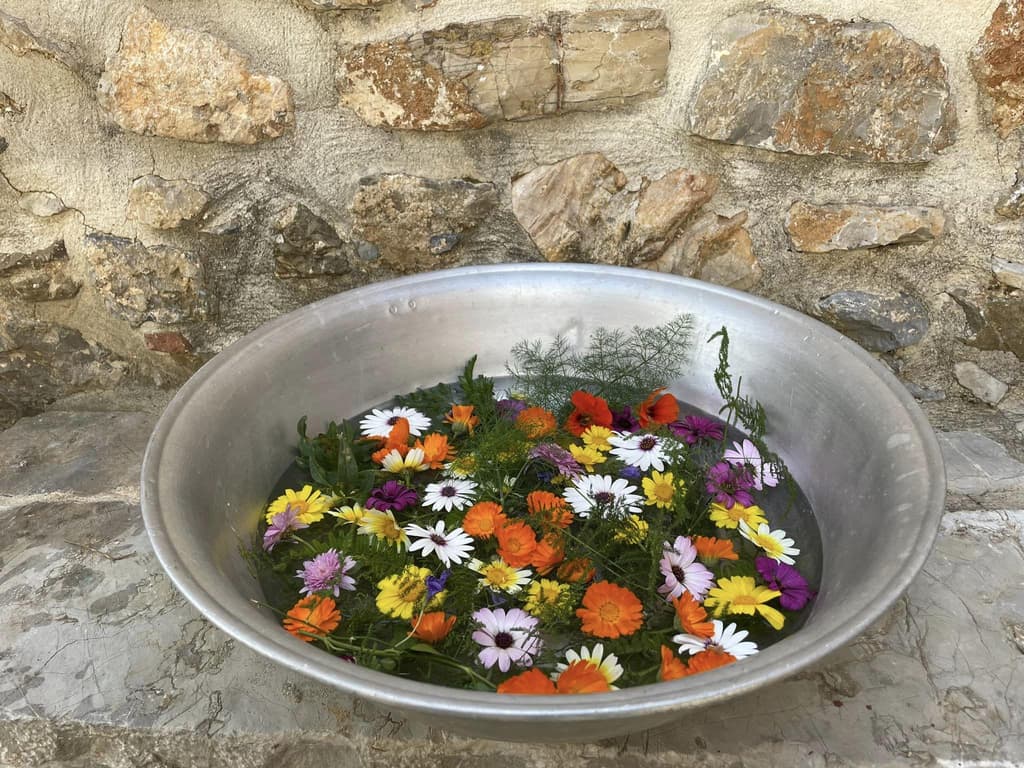
Dyeing Easter Eggs with Madder Root and Flower Blossoms
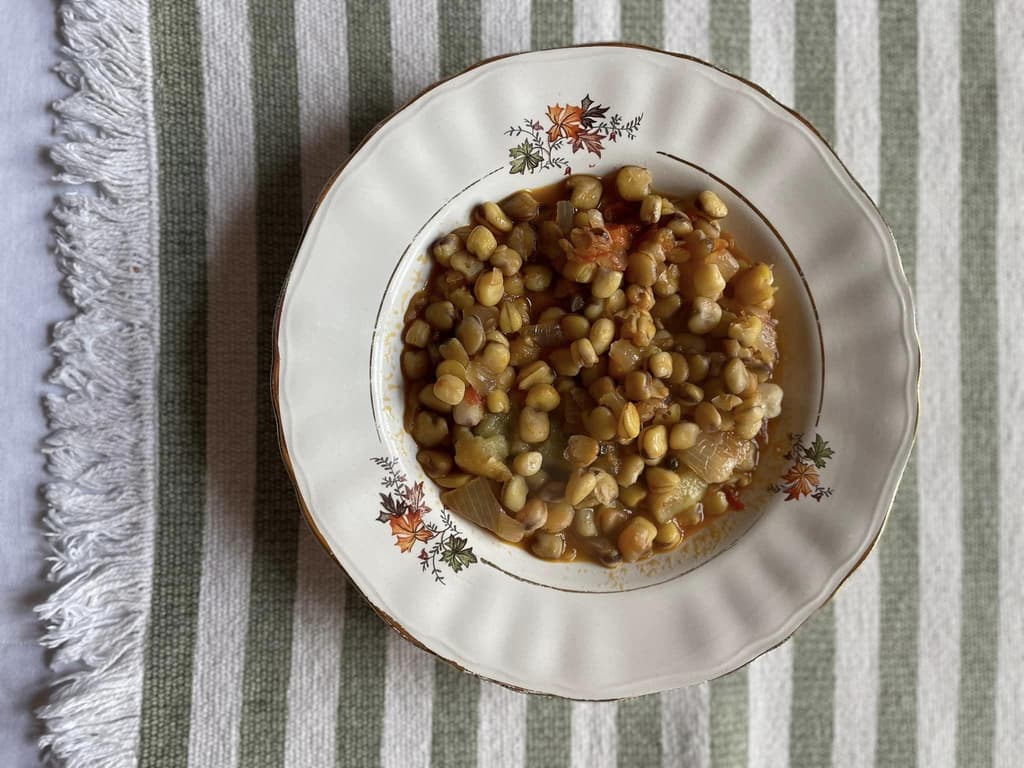
Biza or Manarolia Stew with Eggplants


